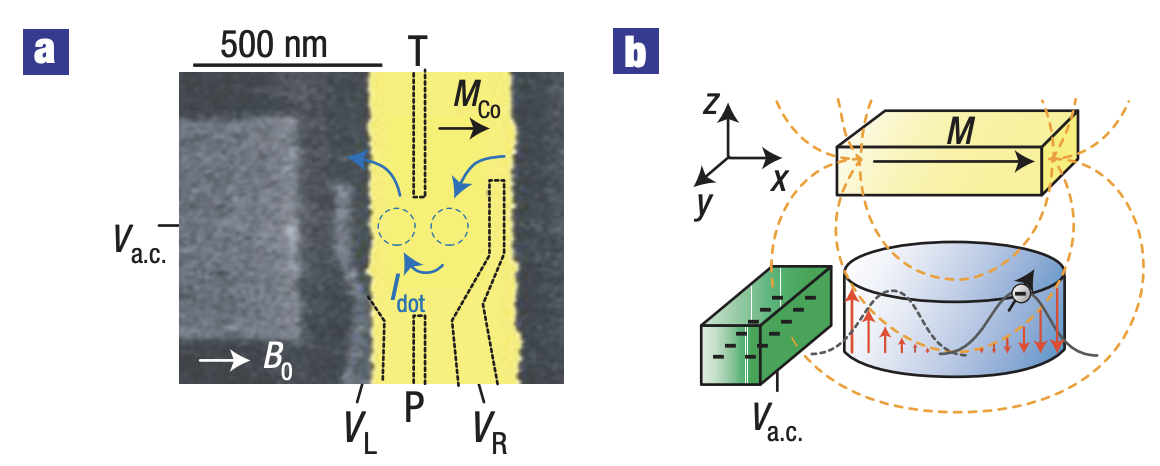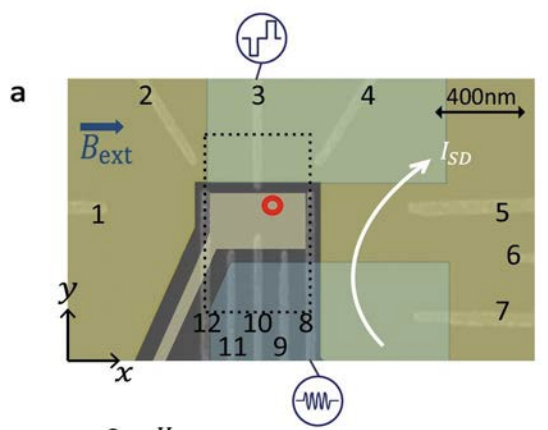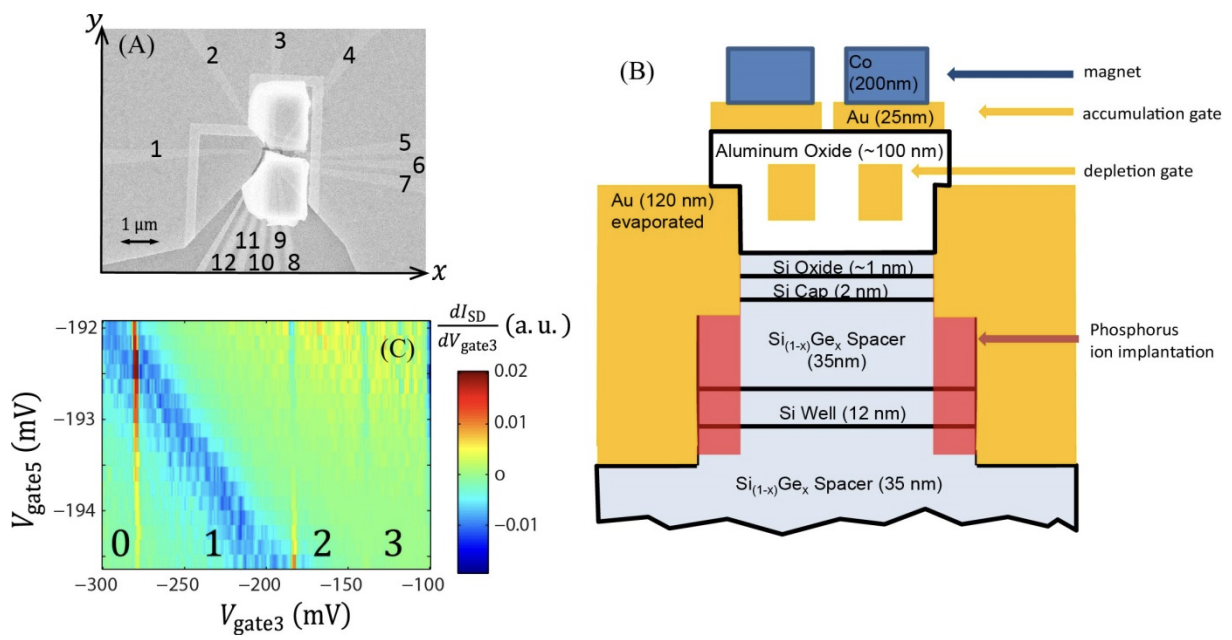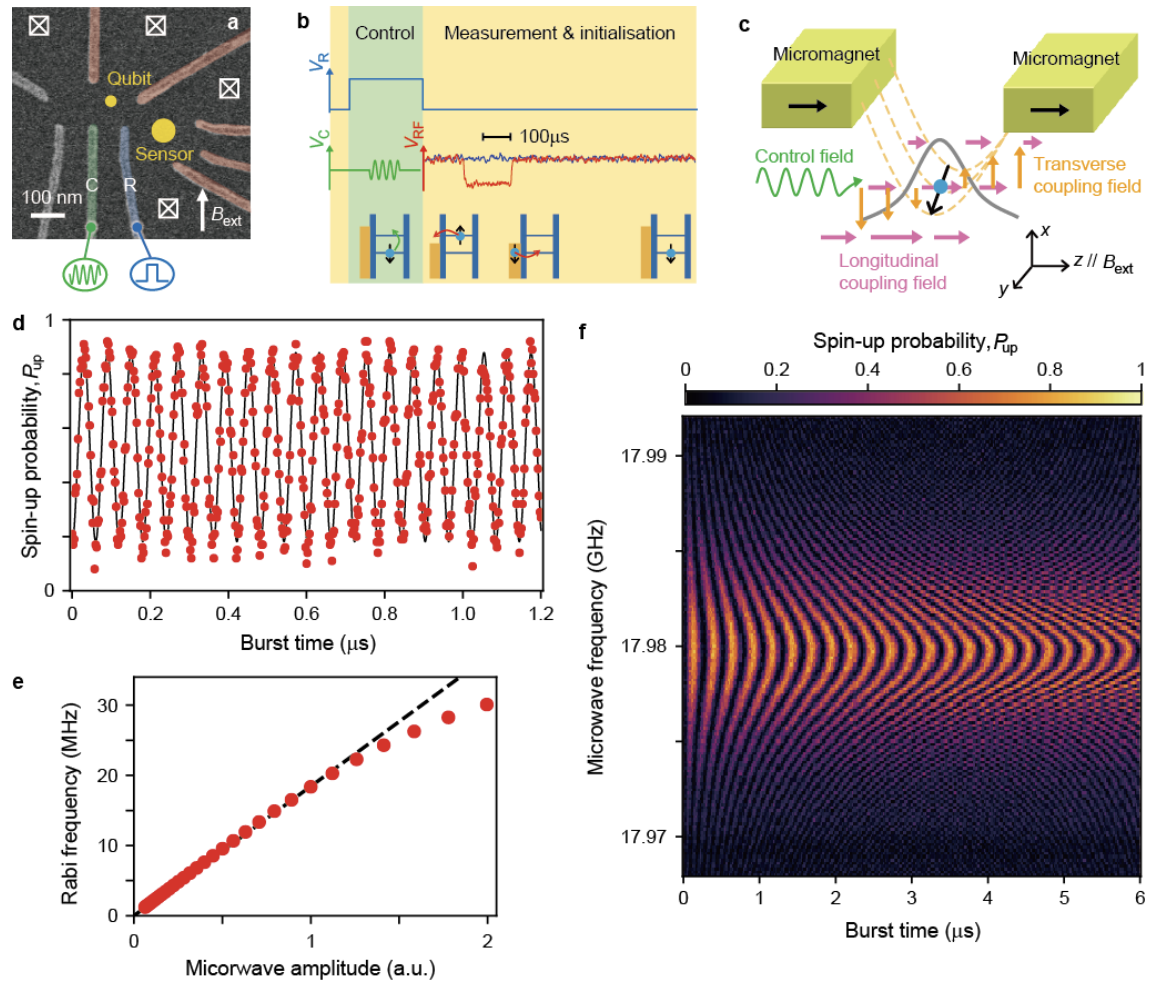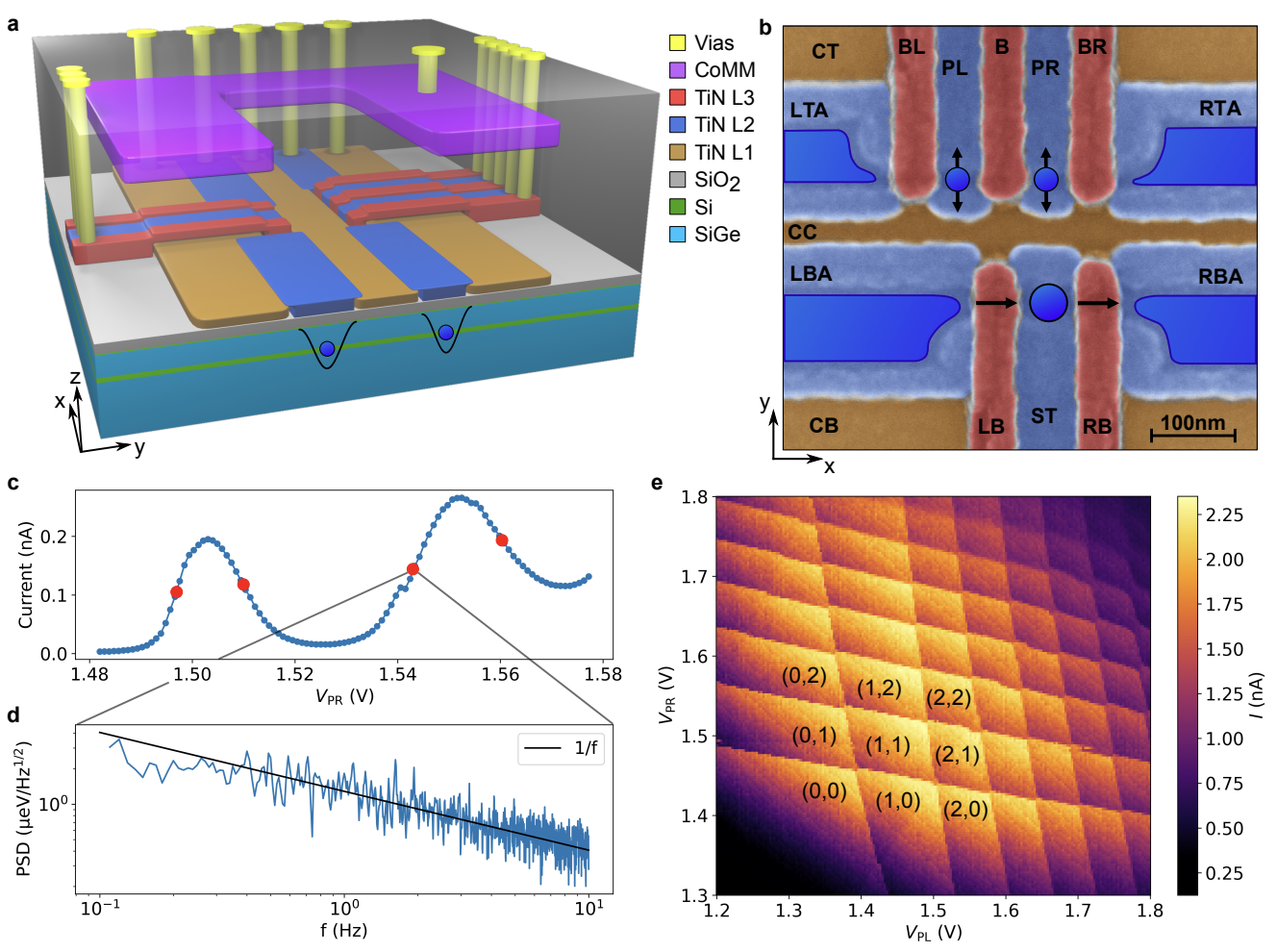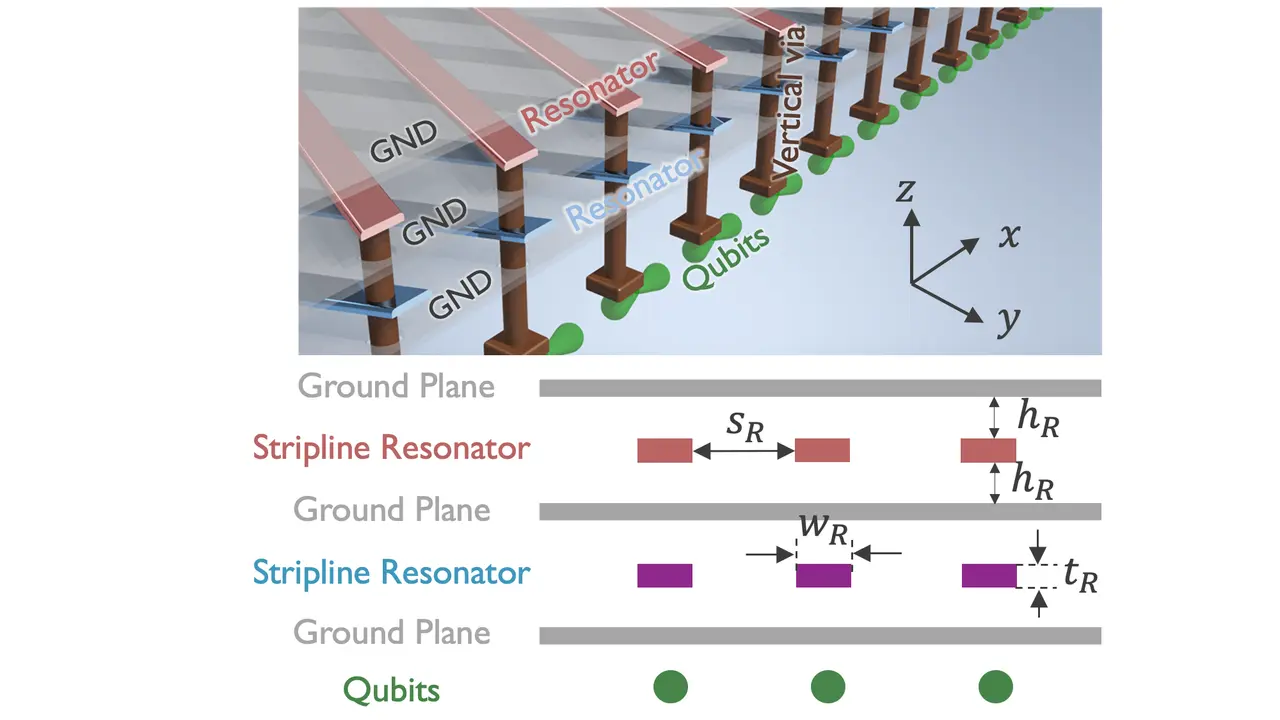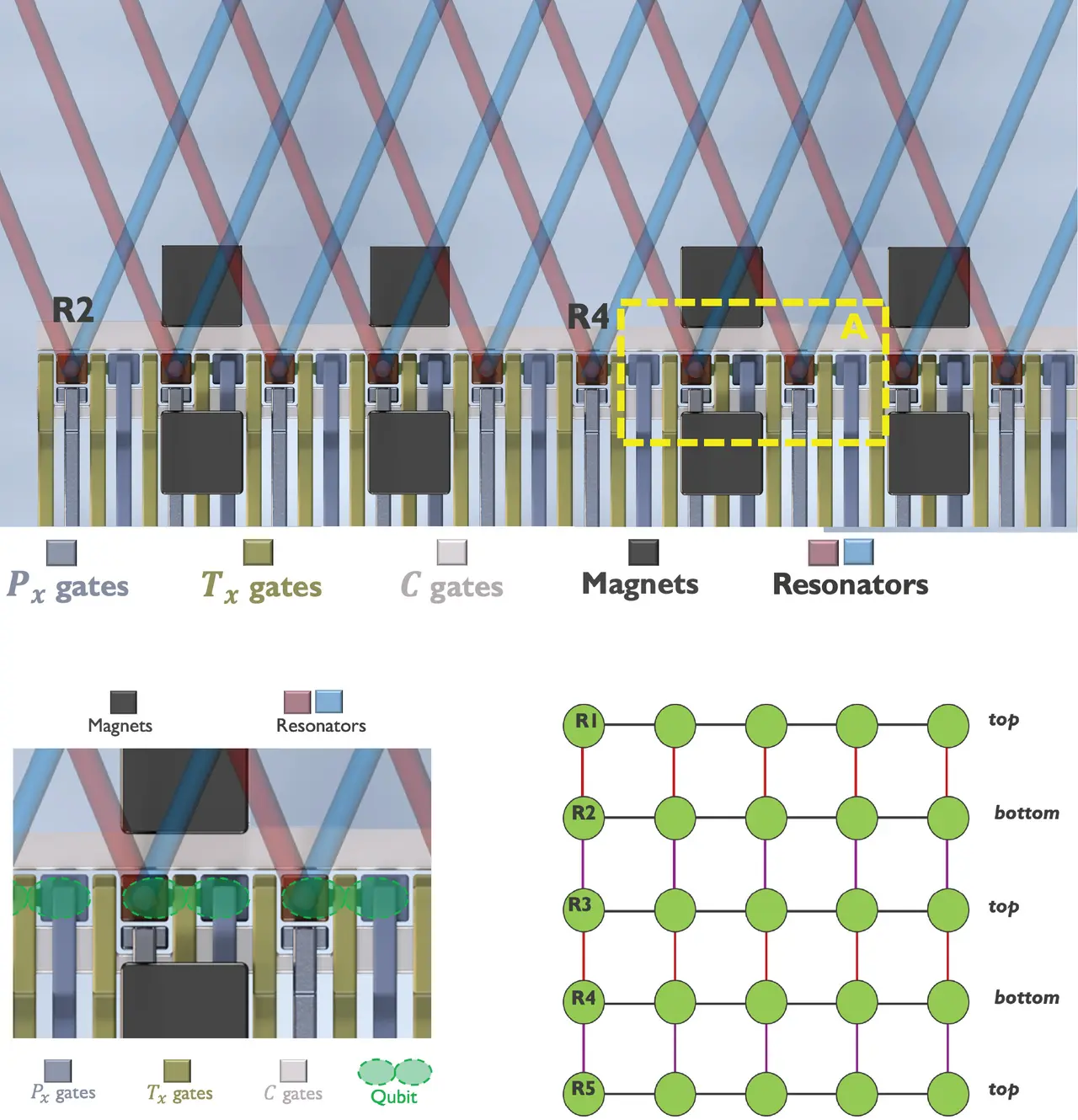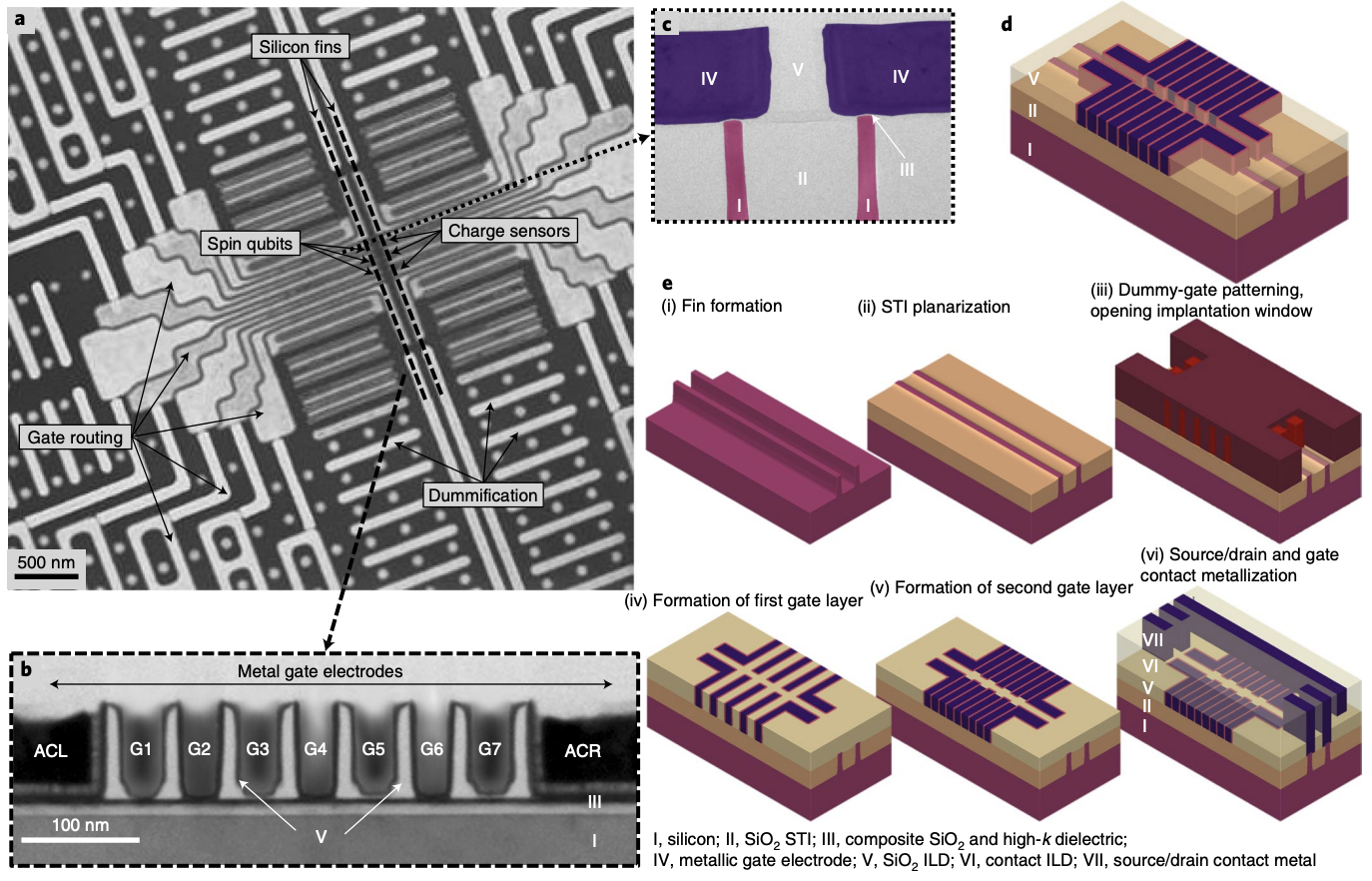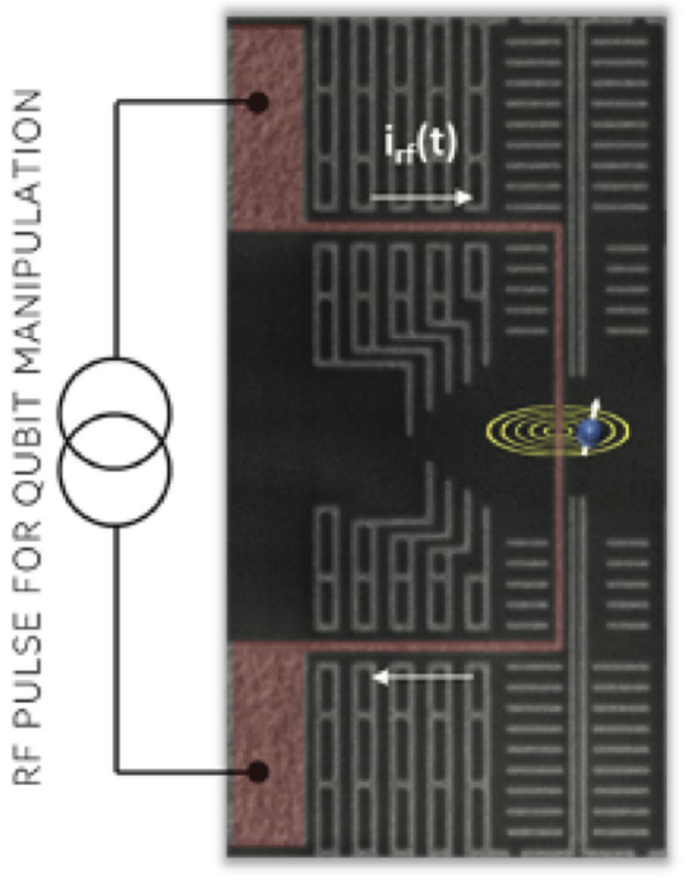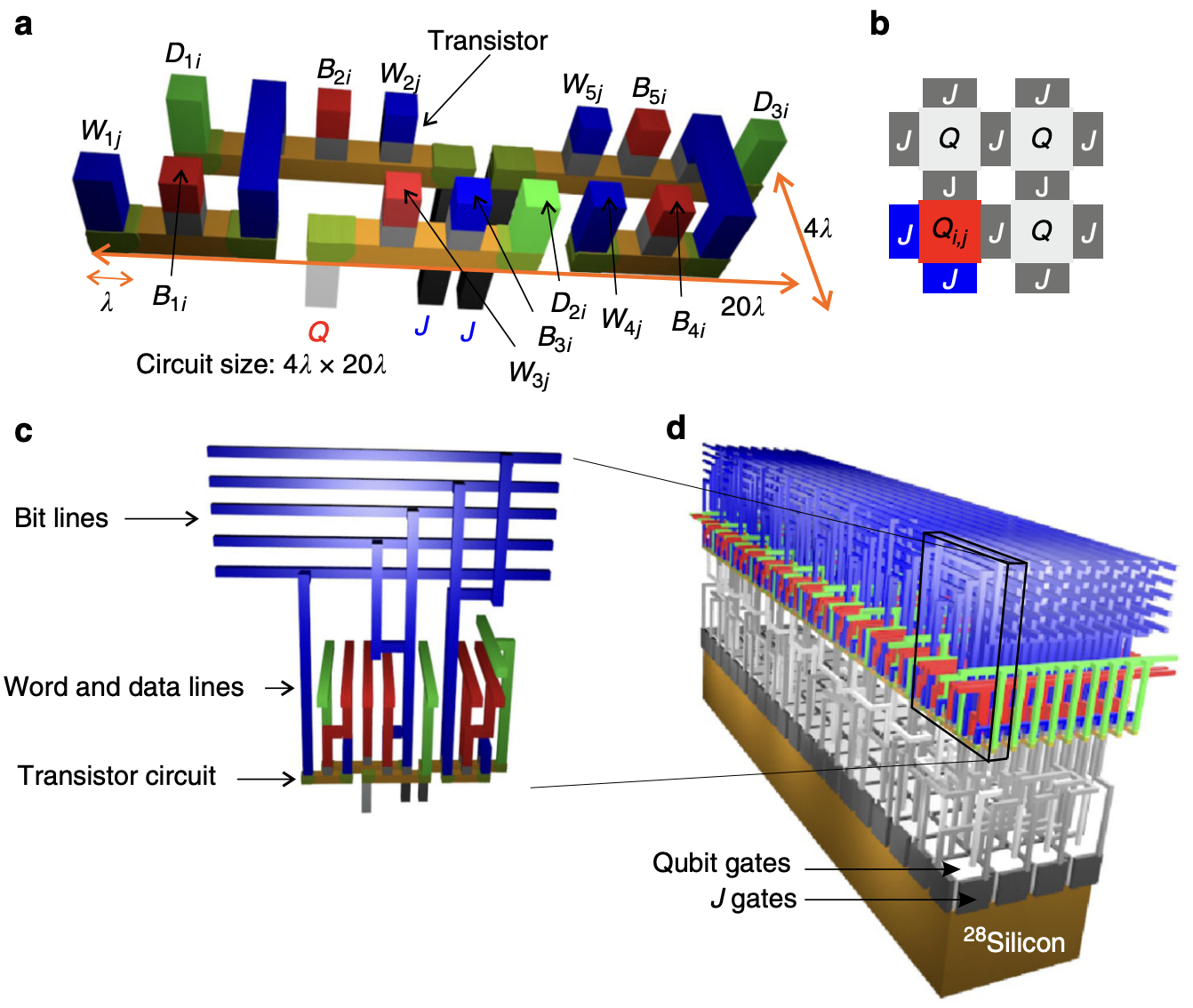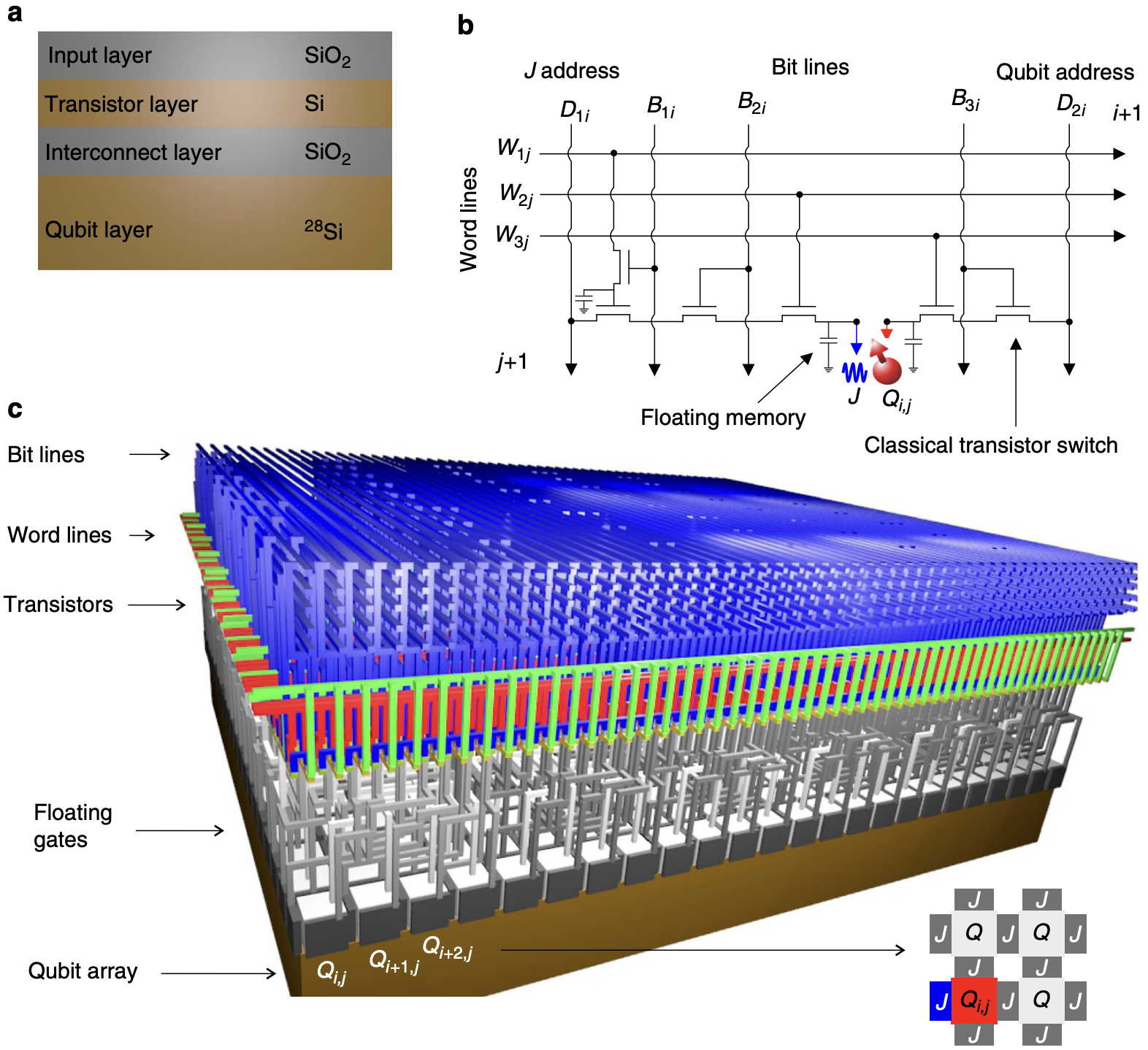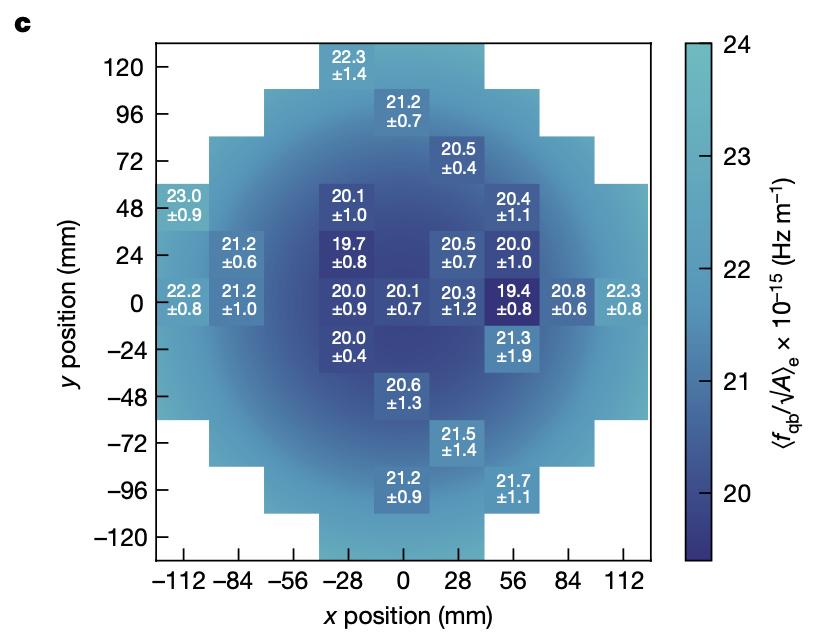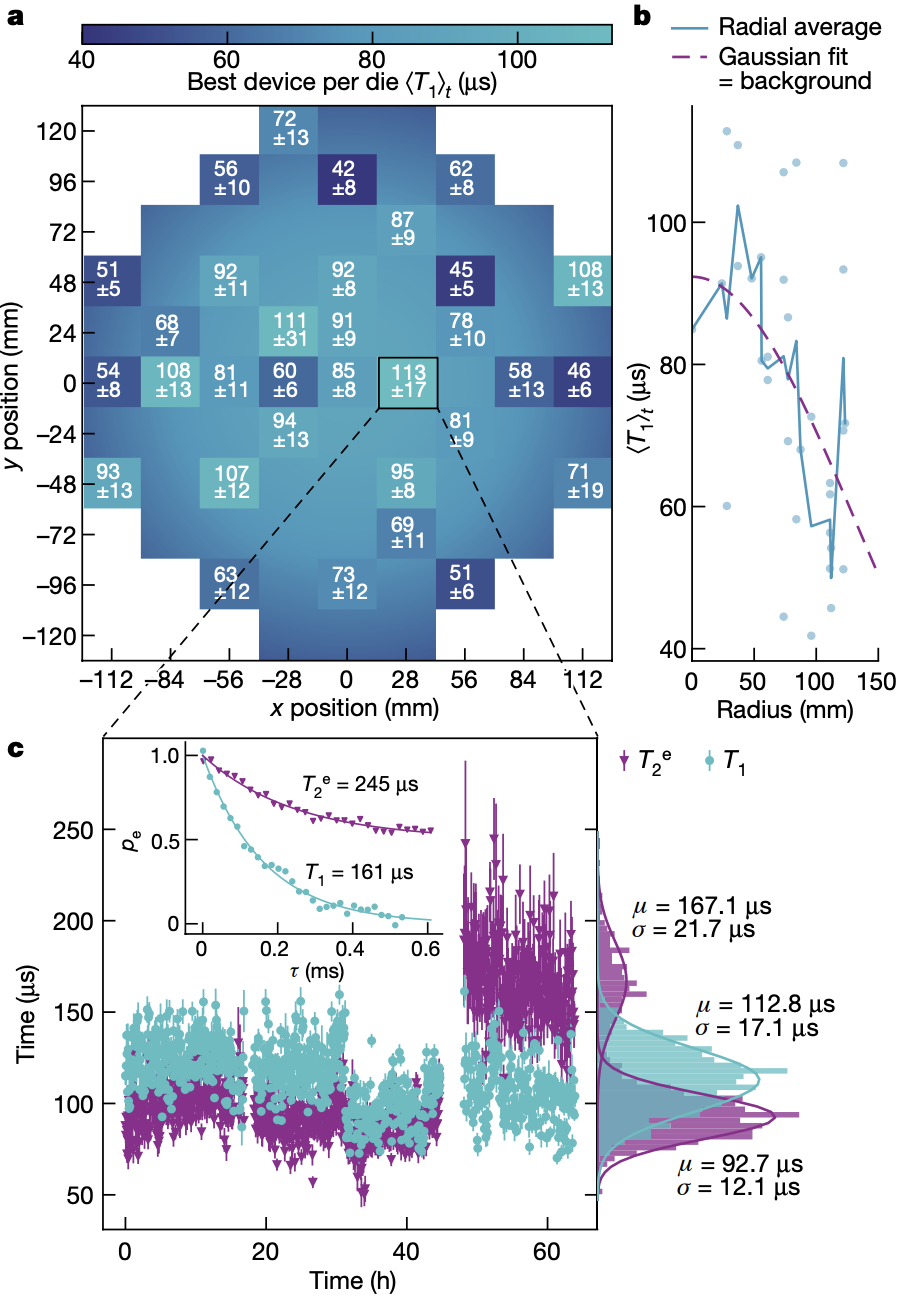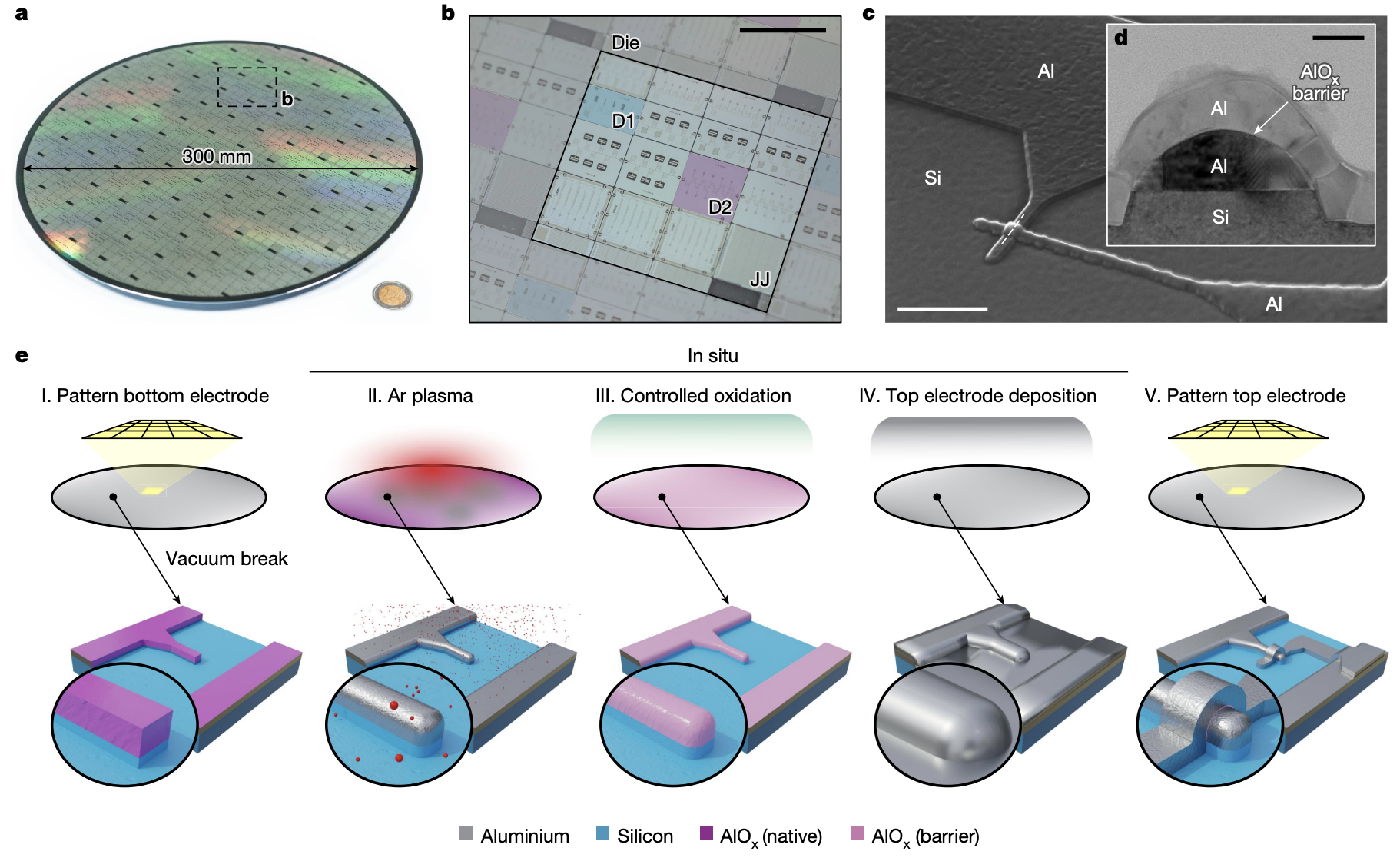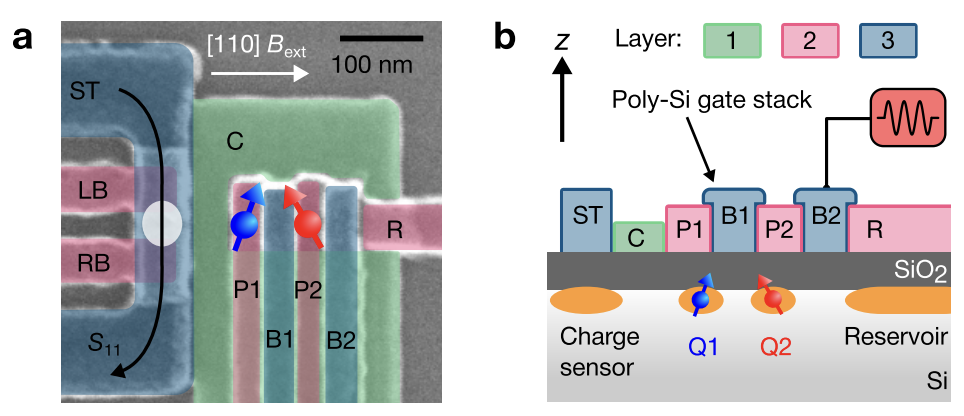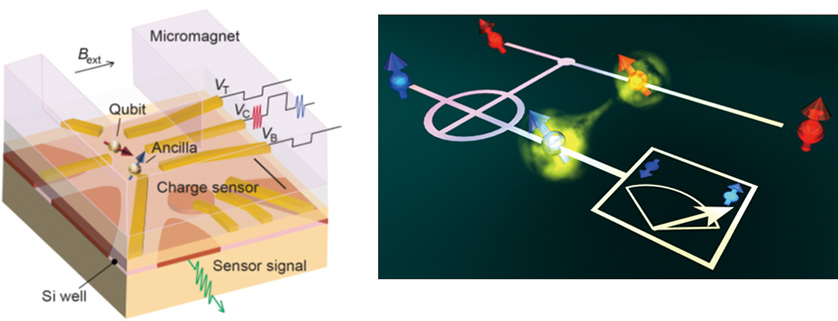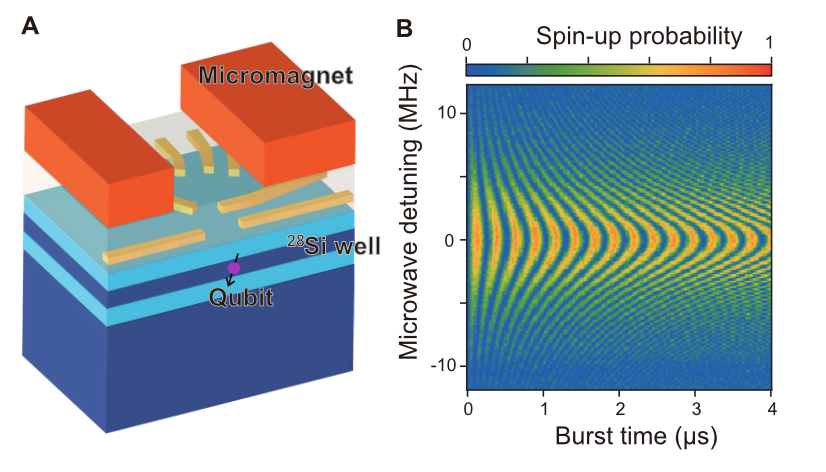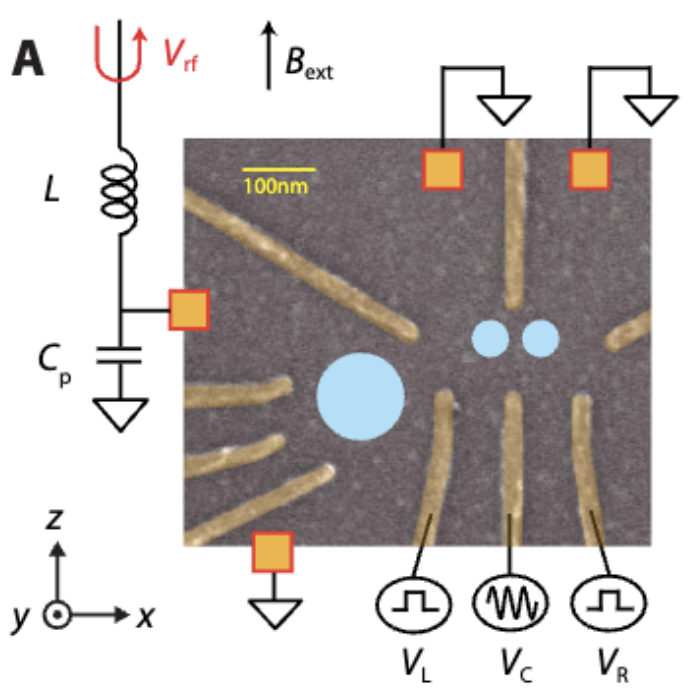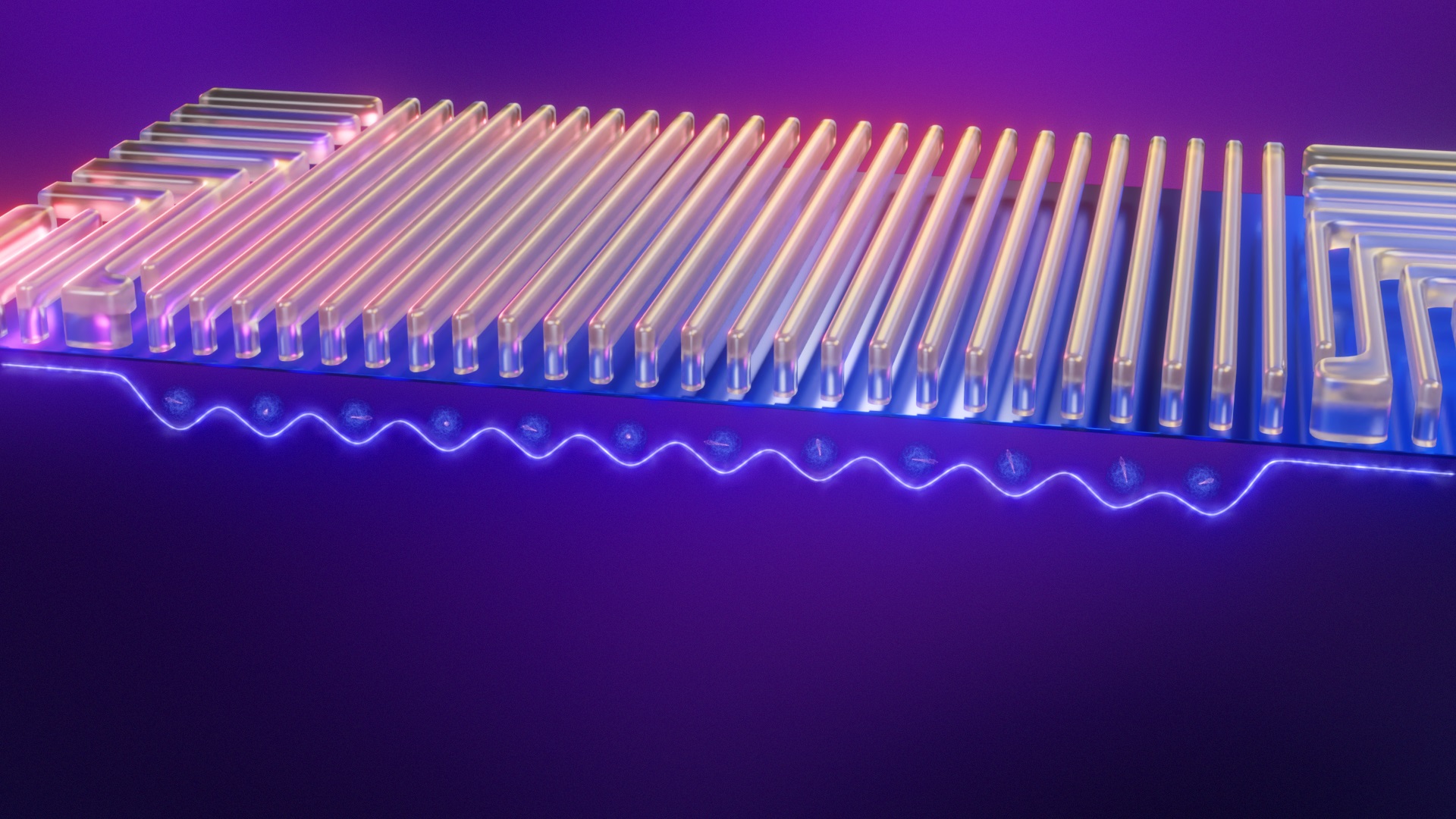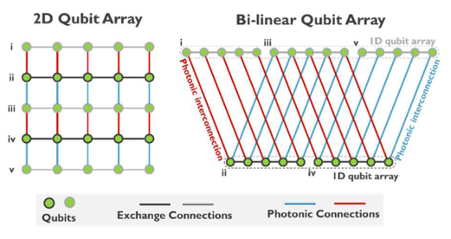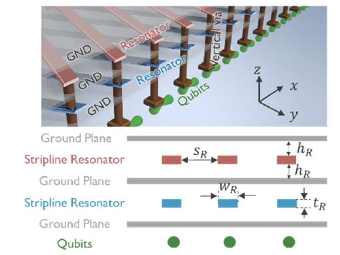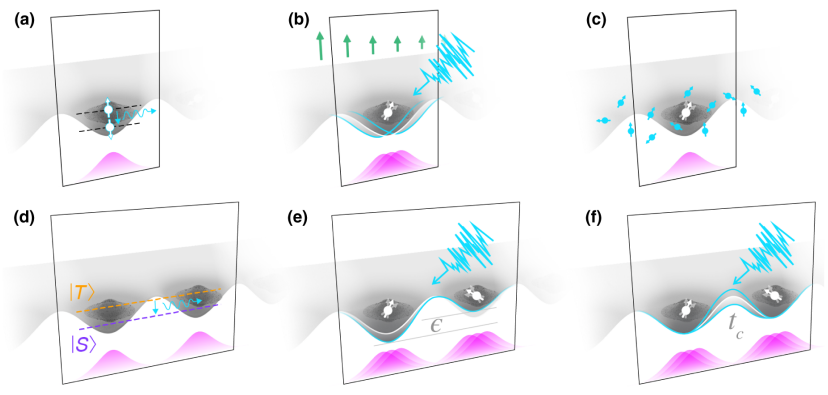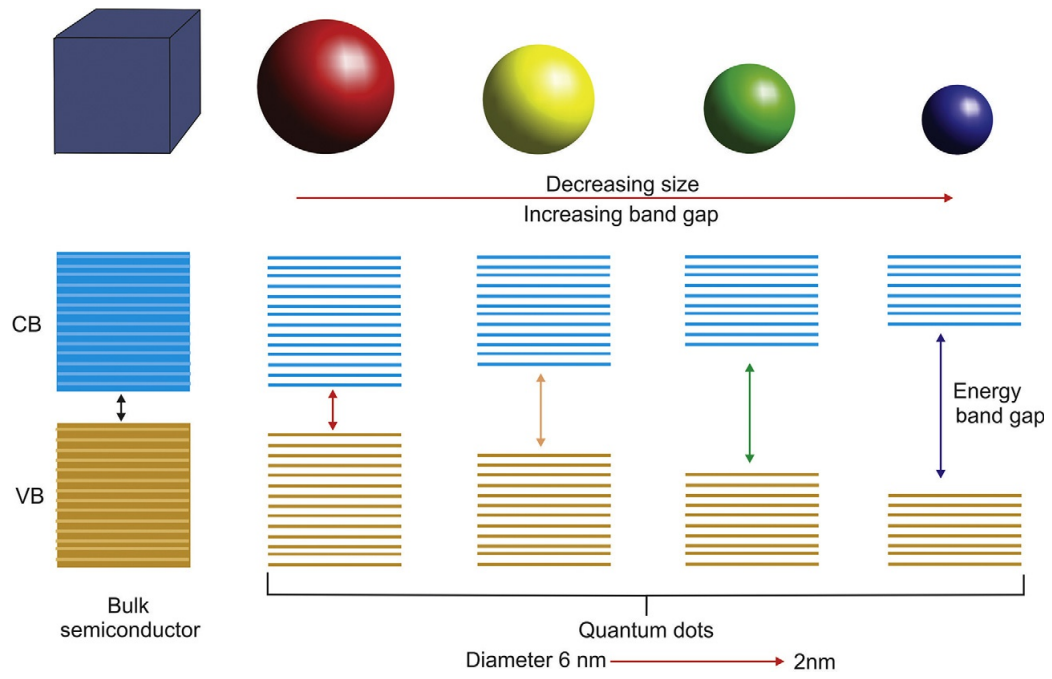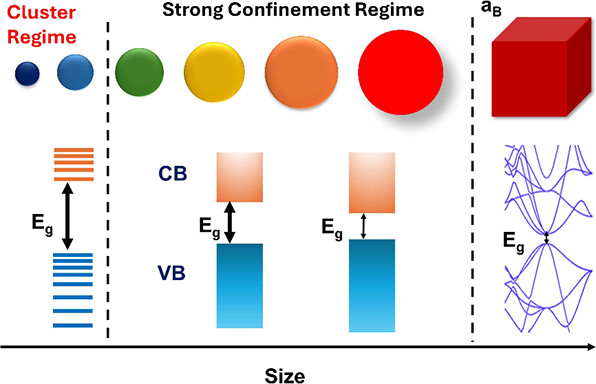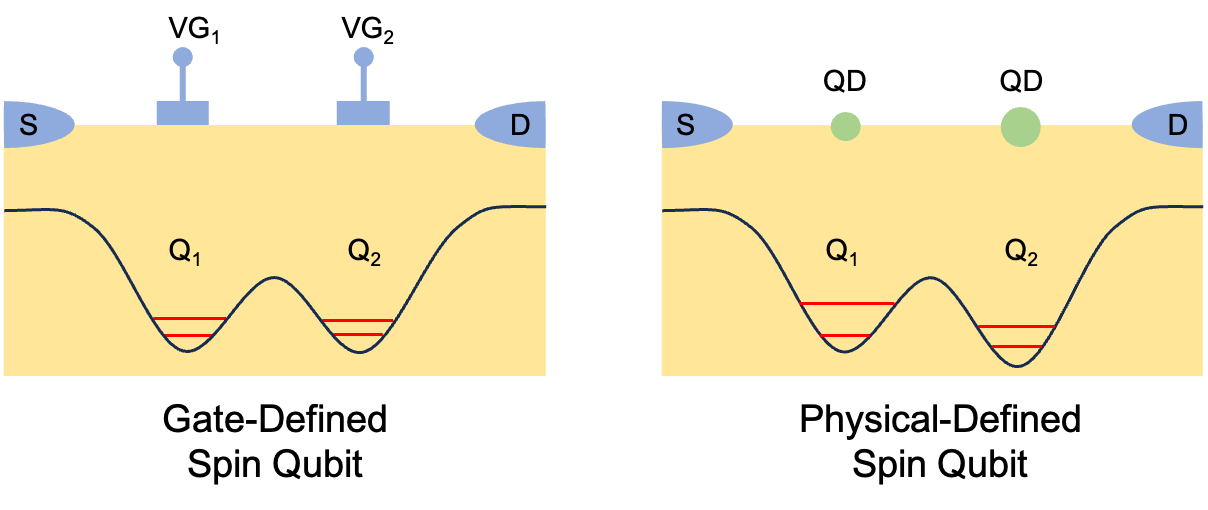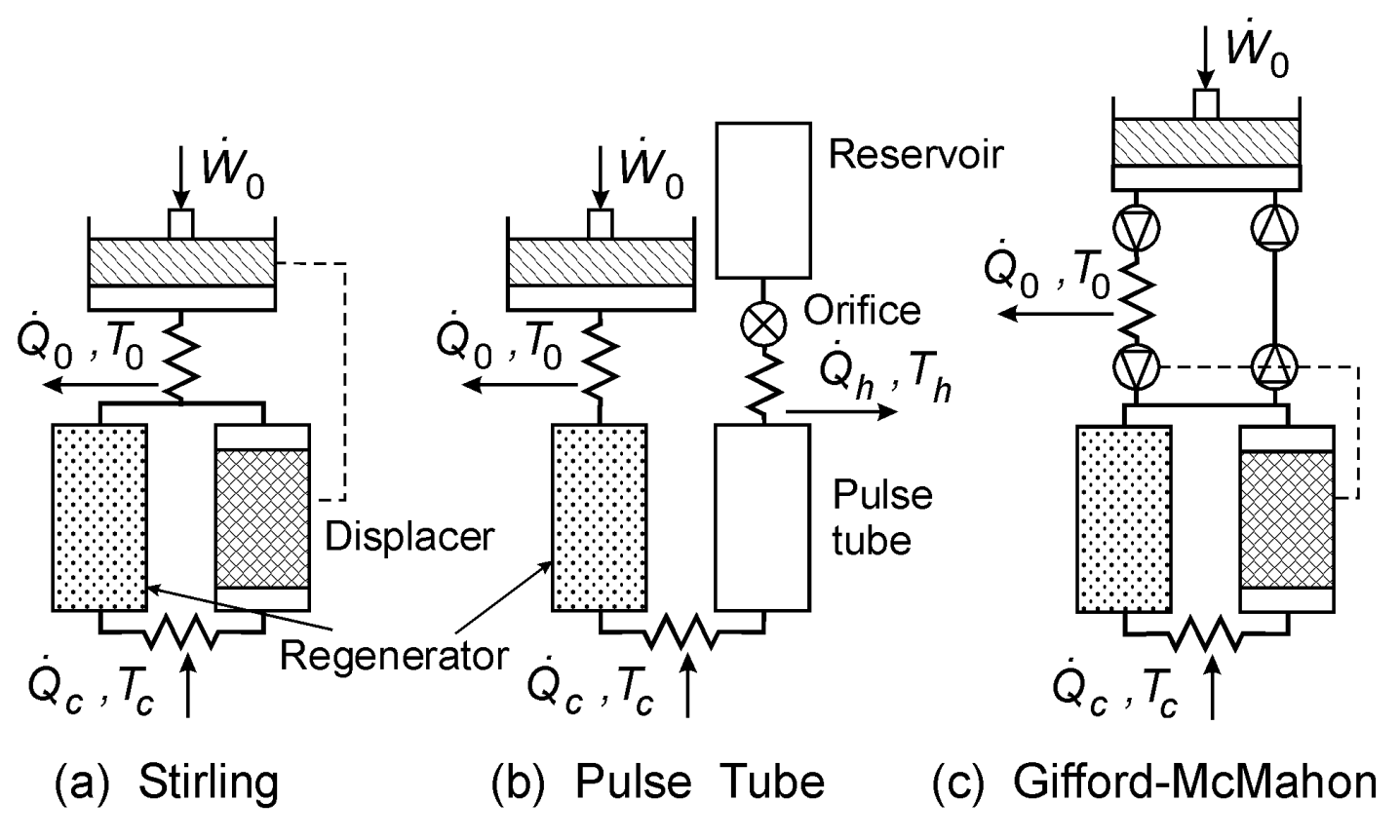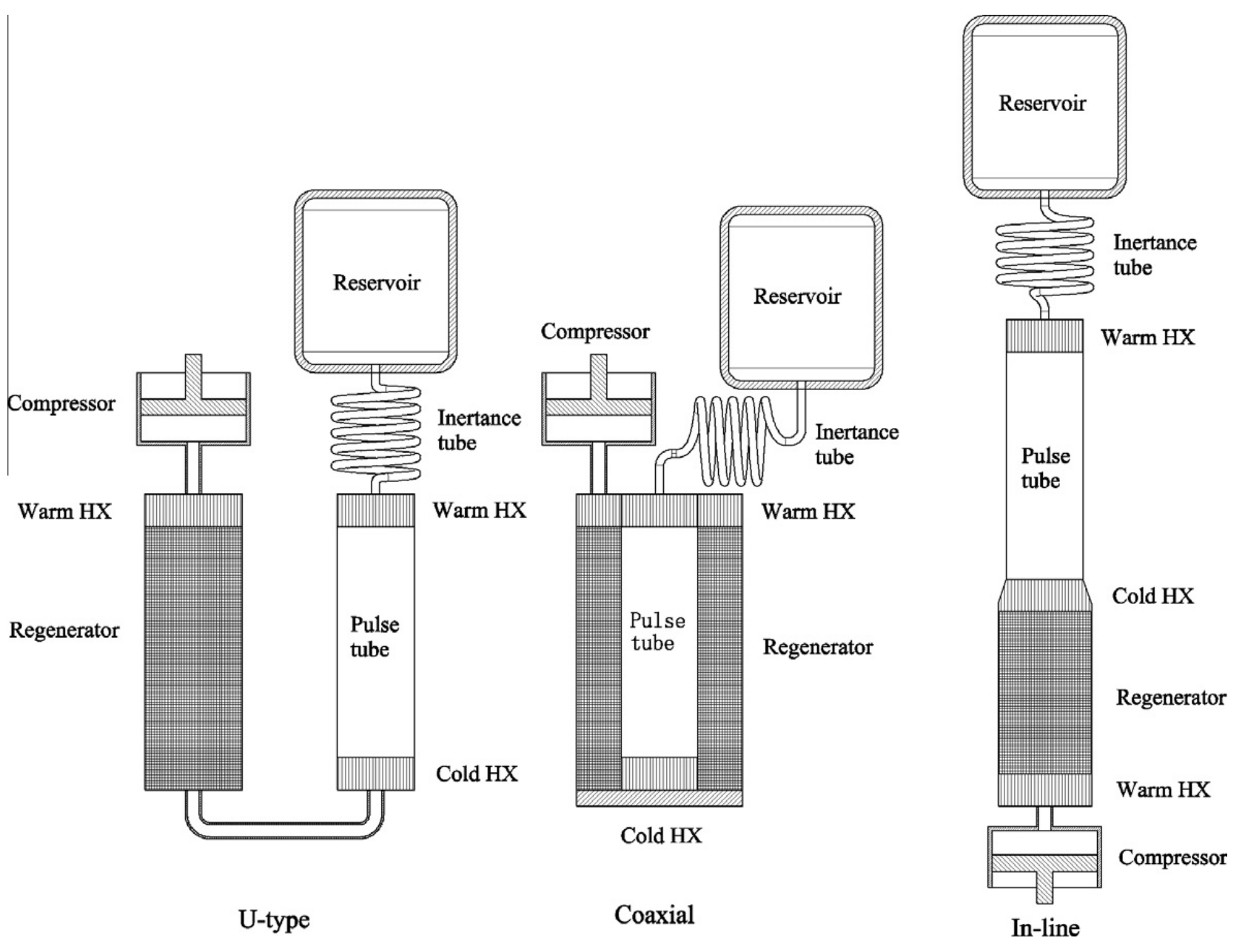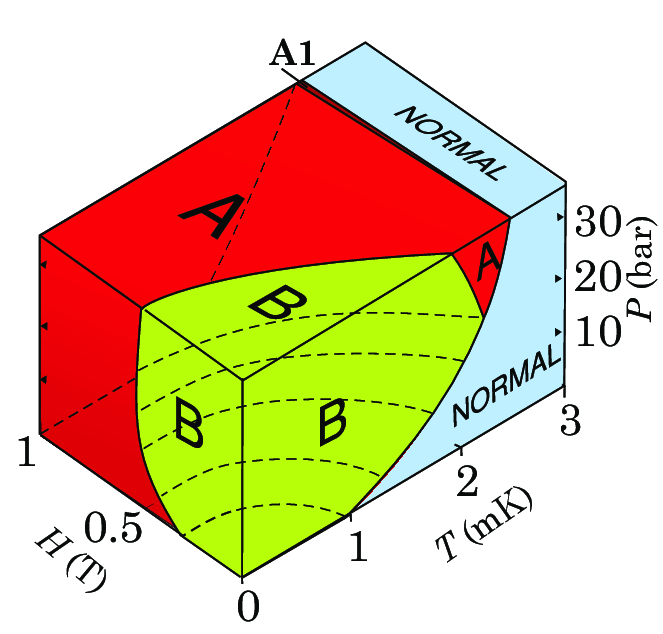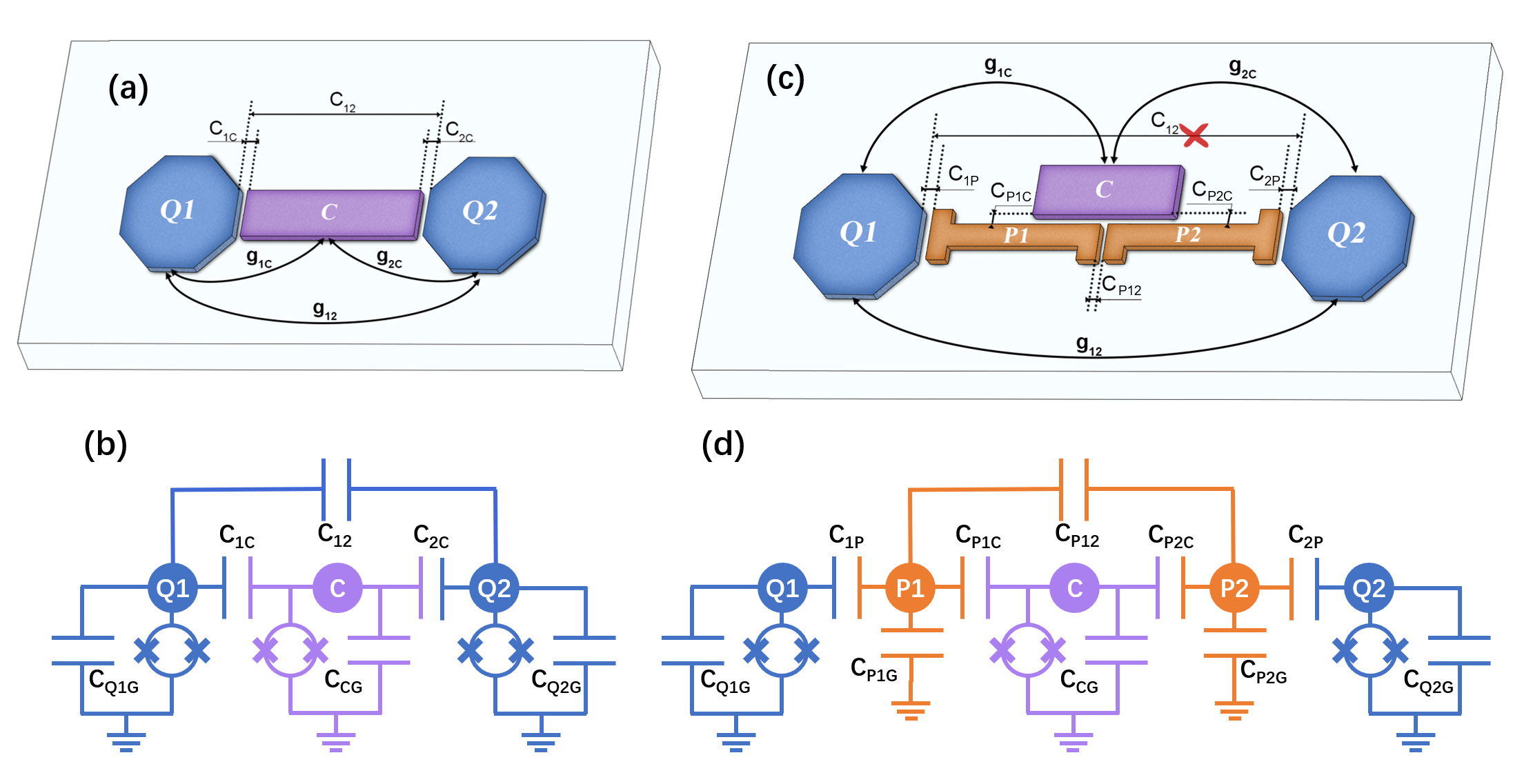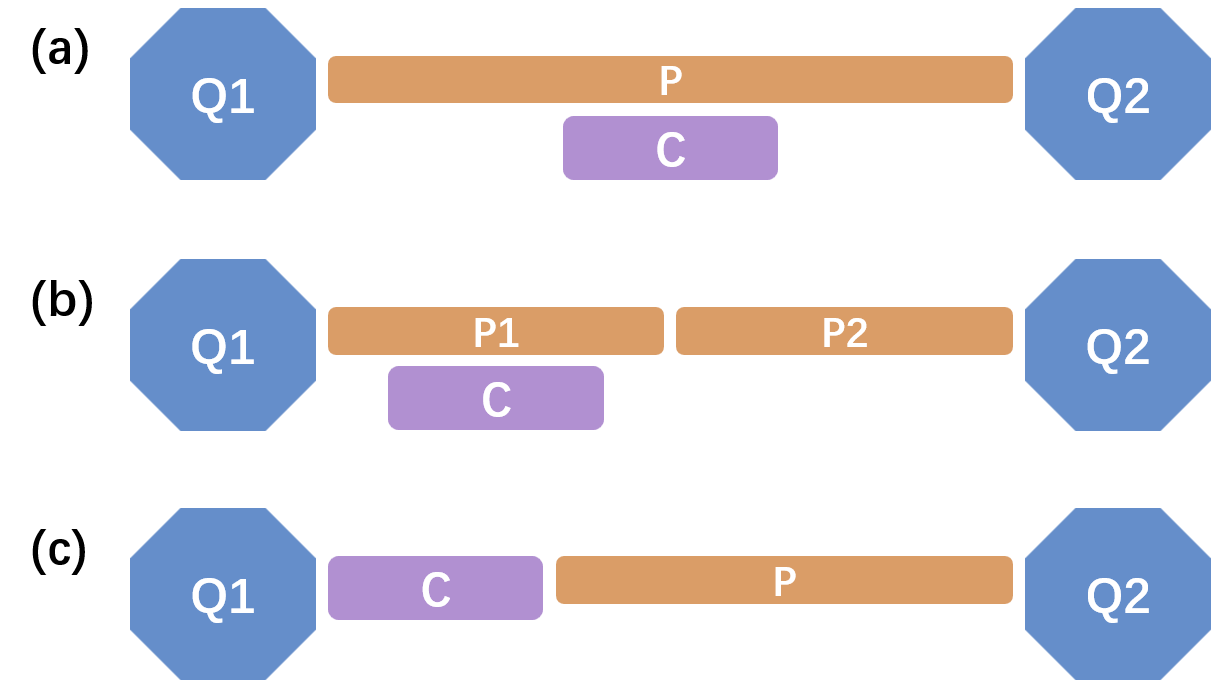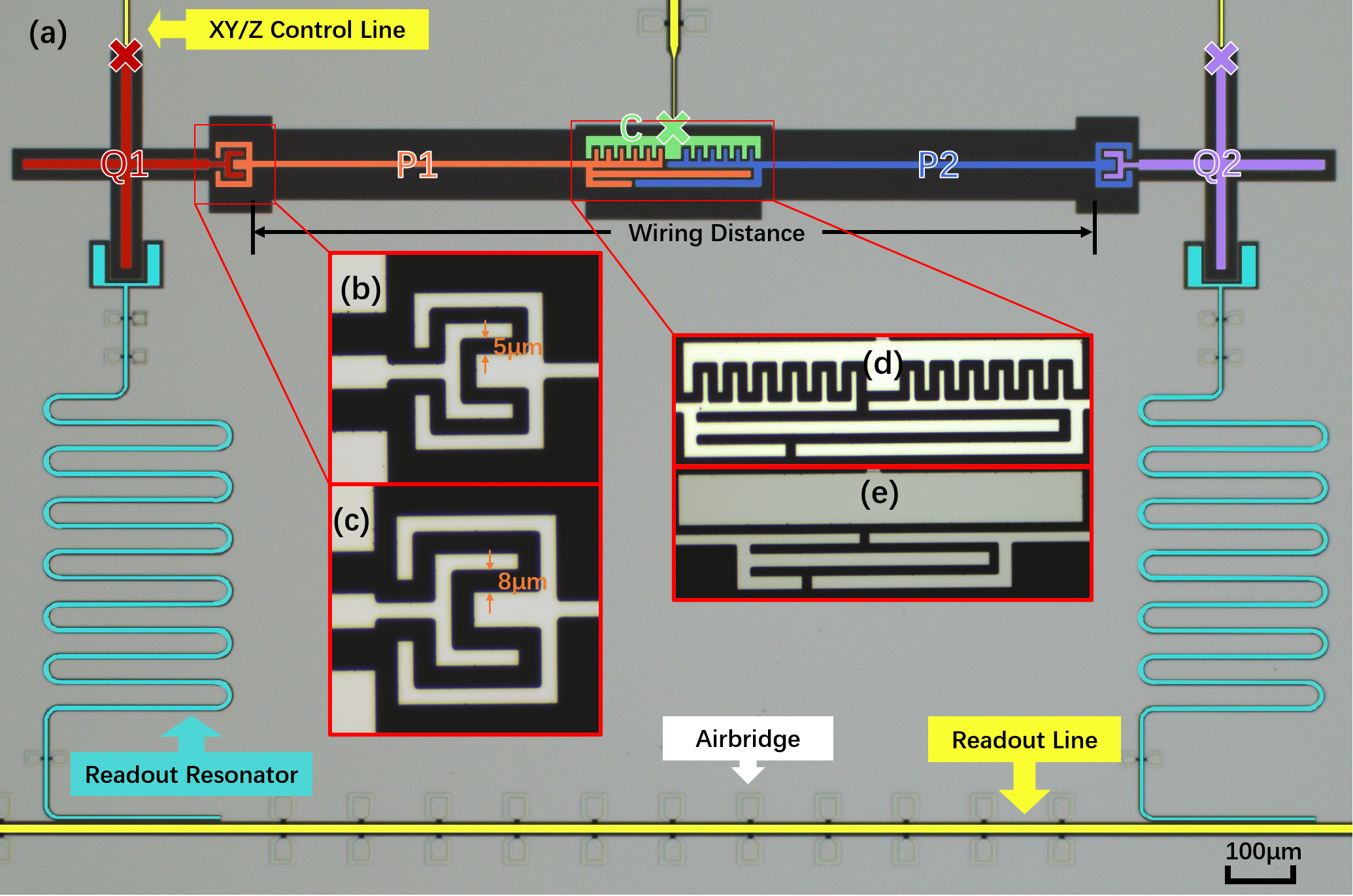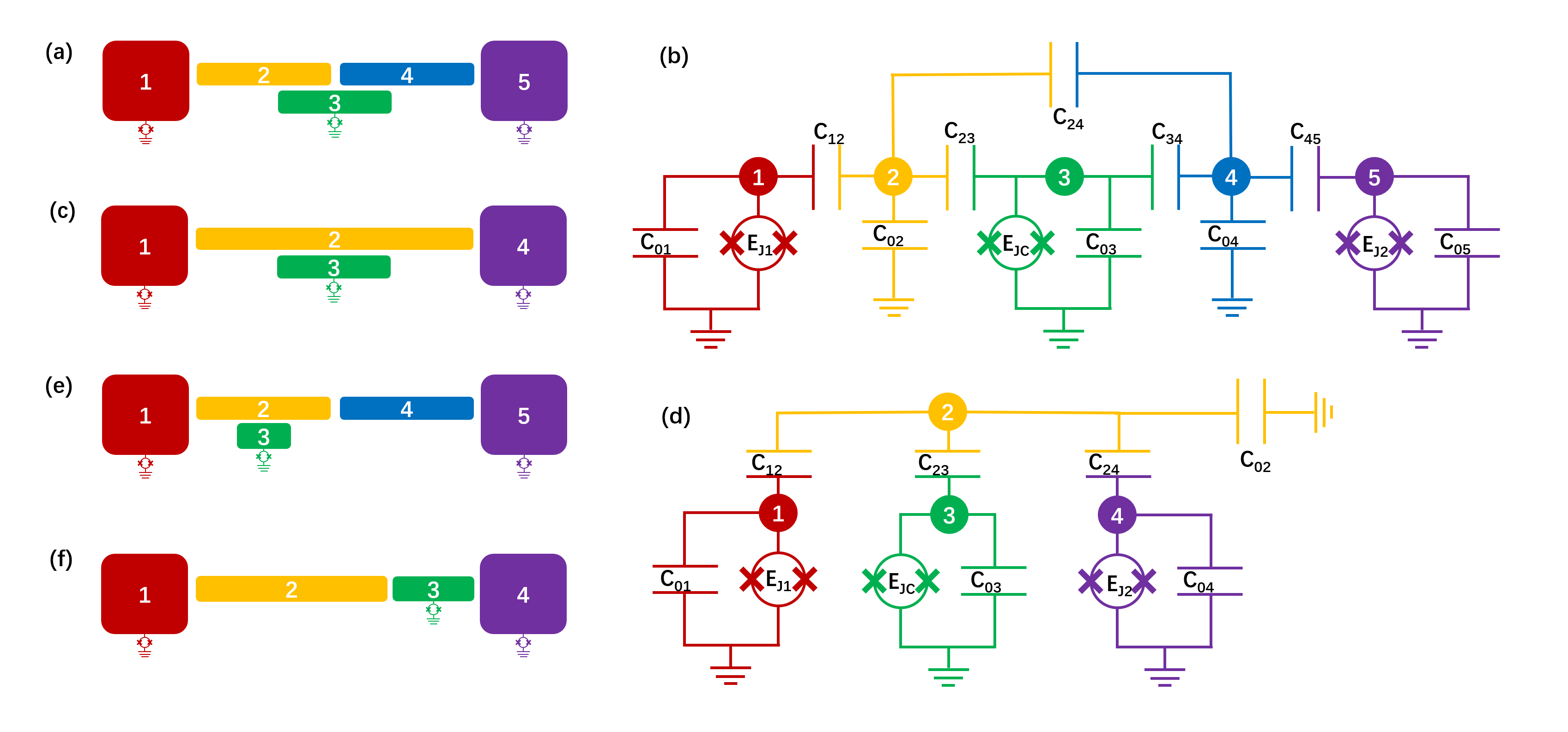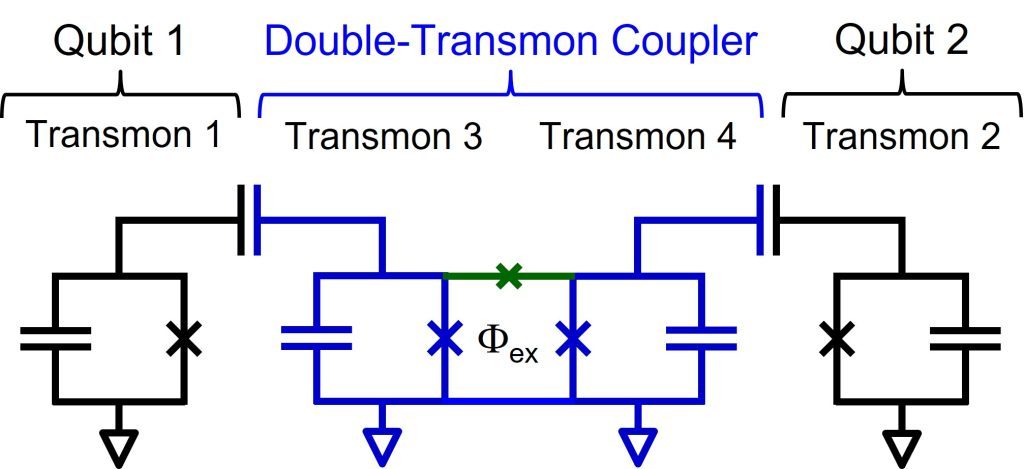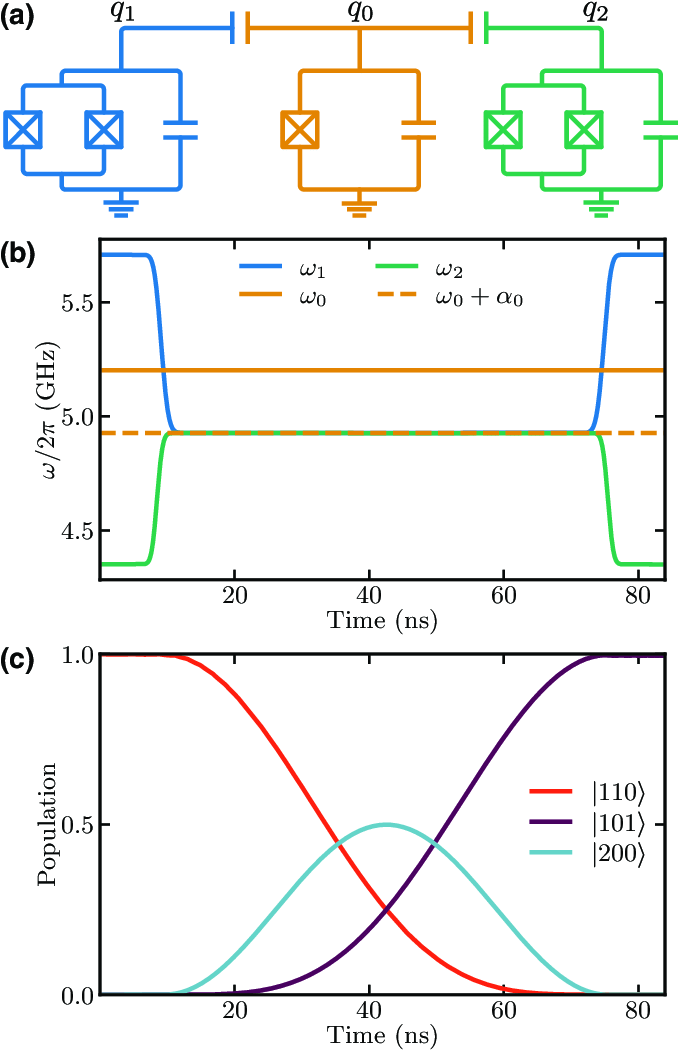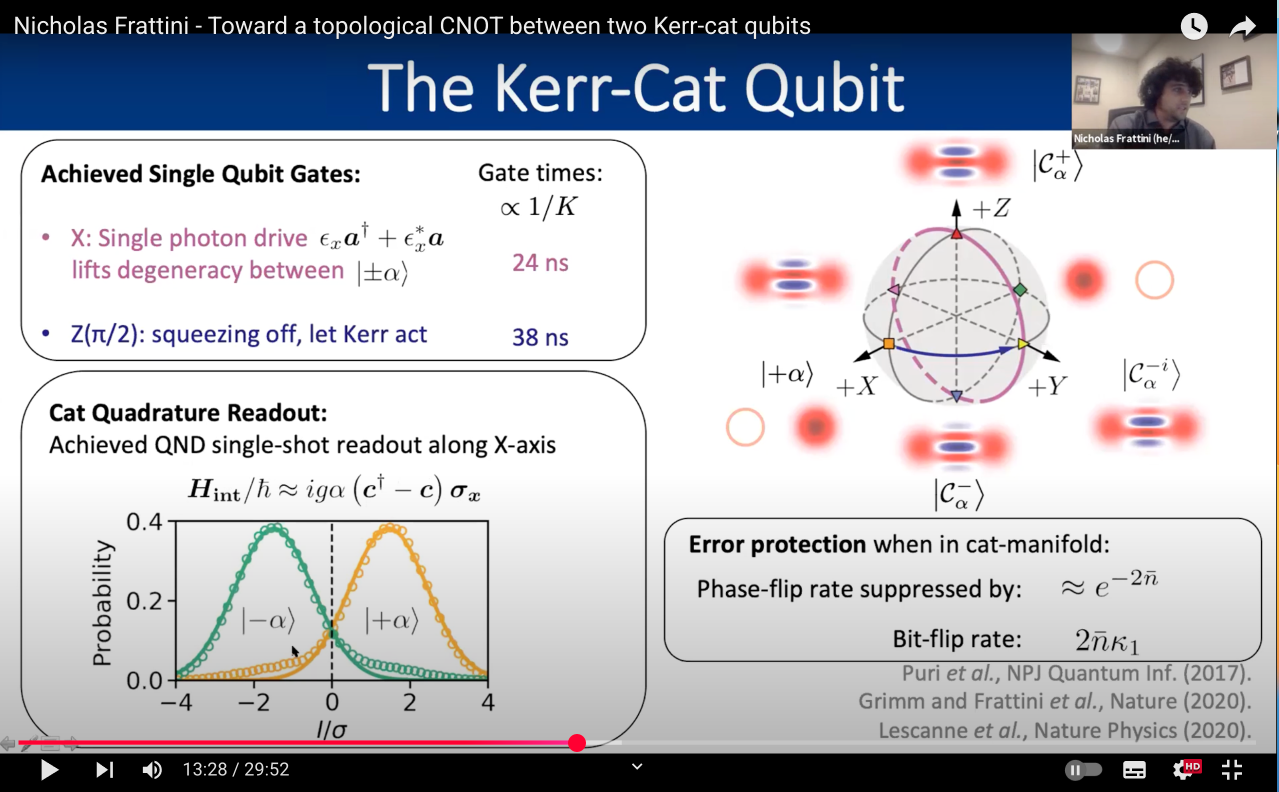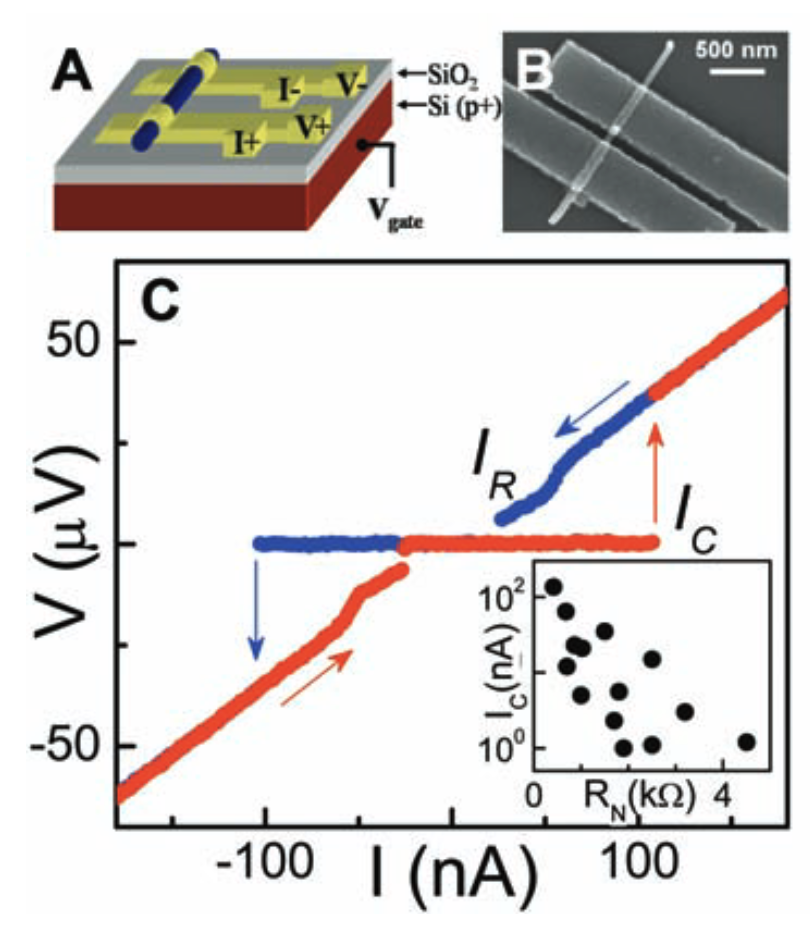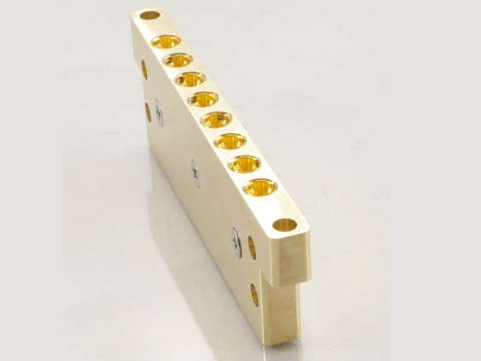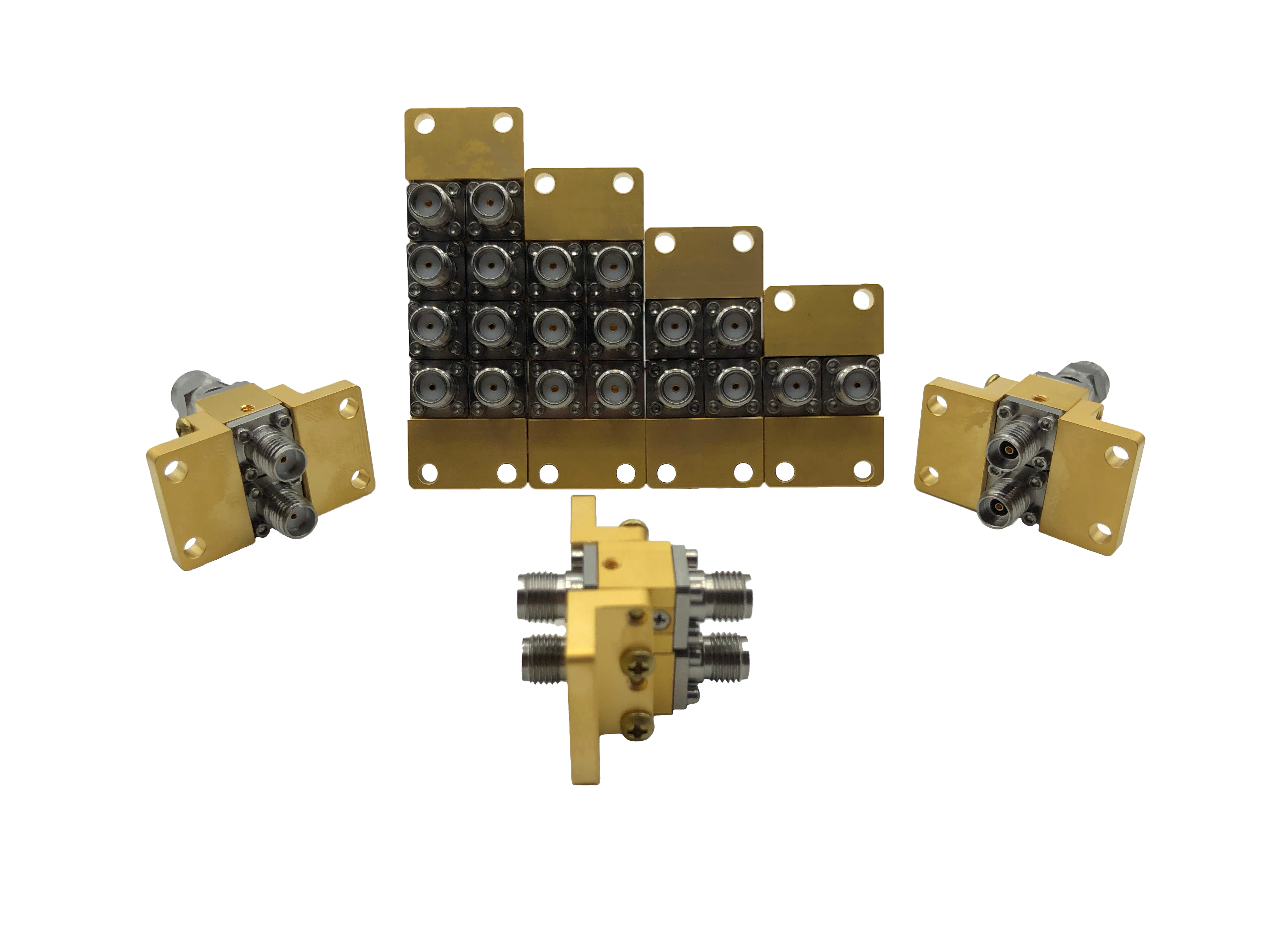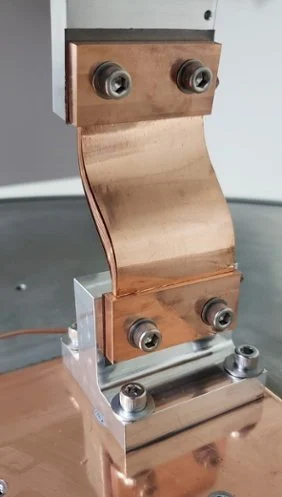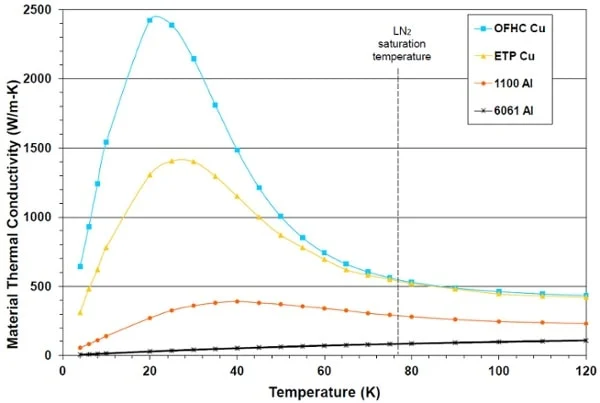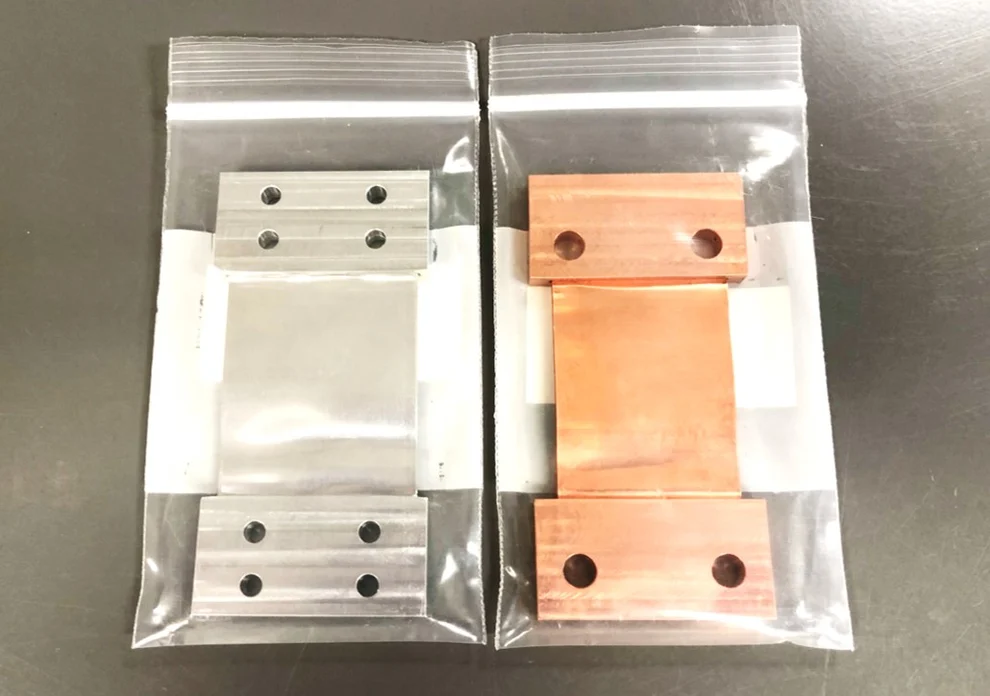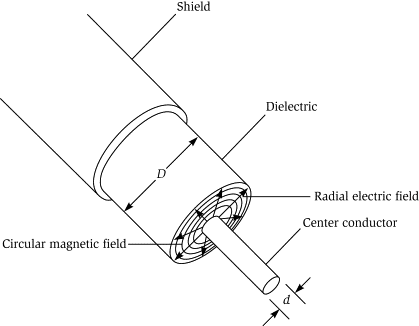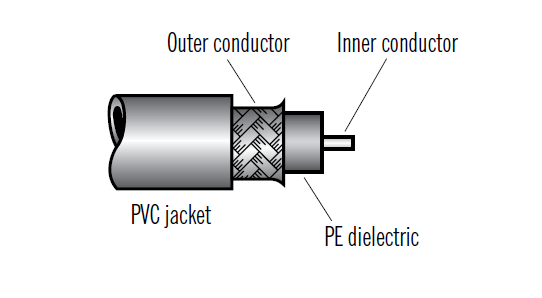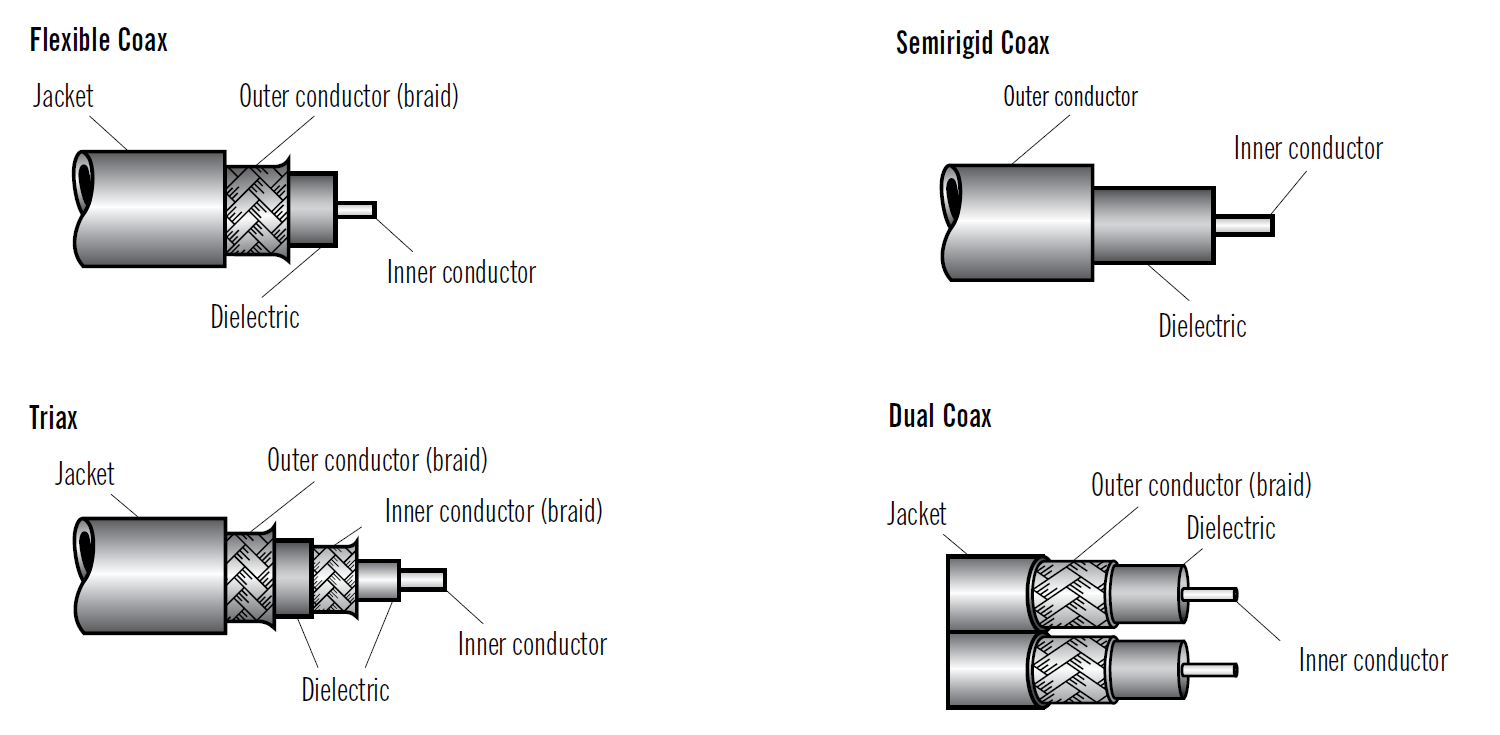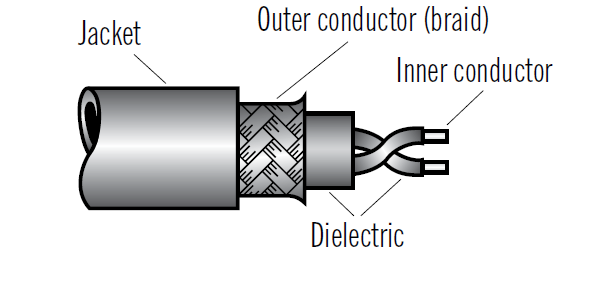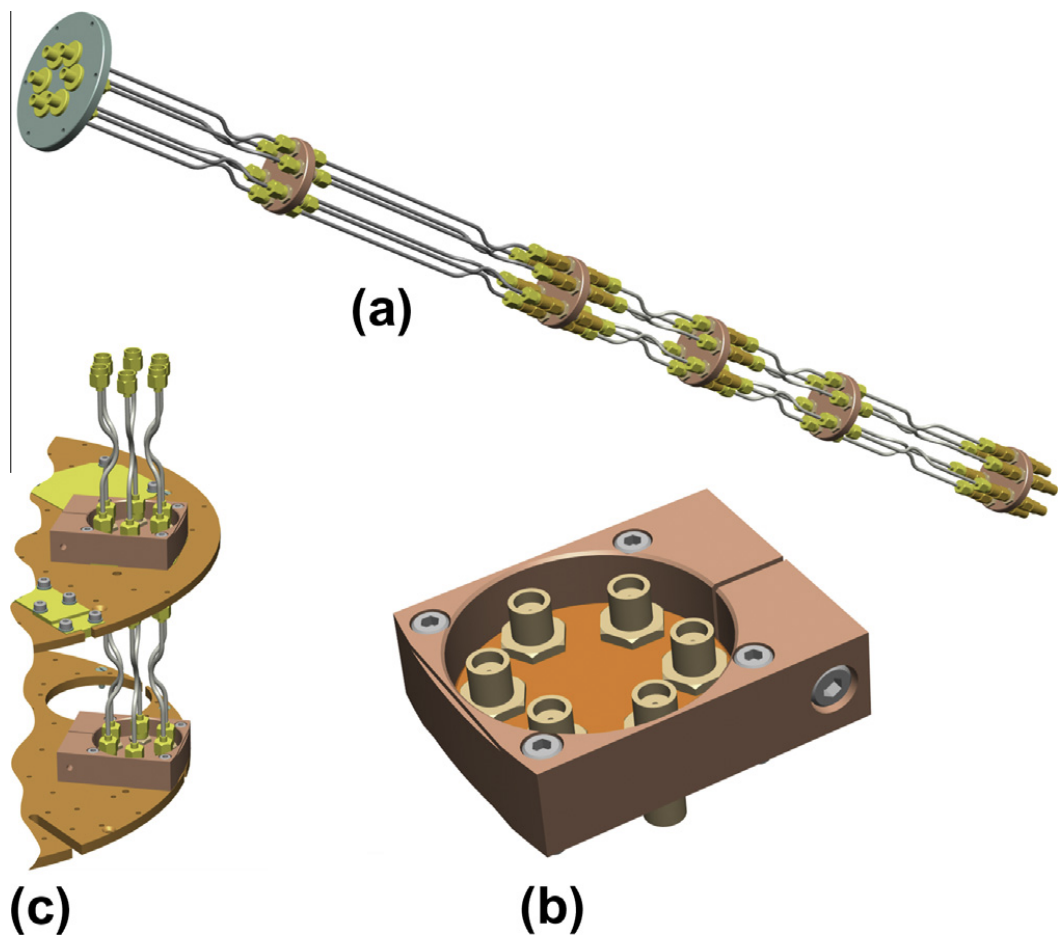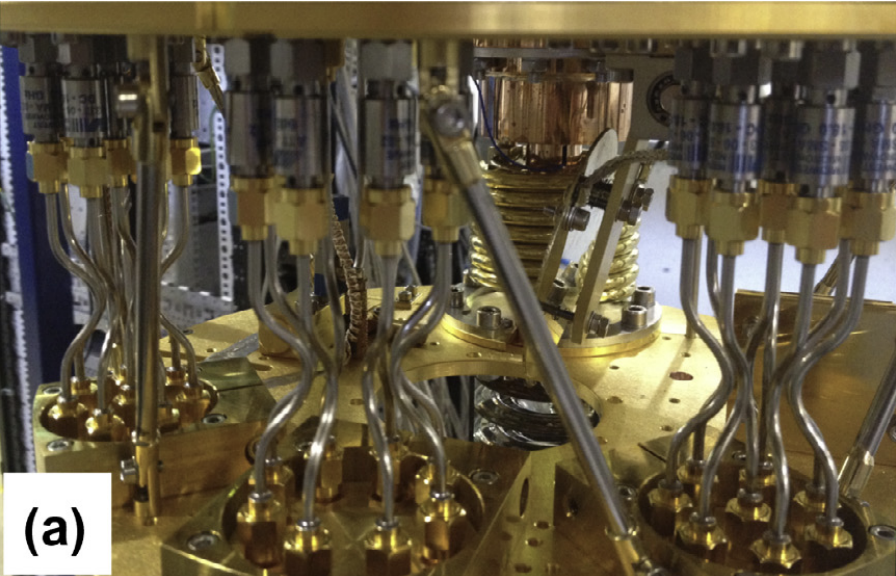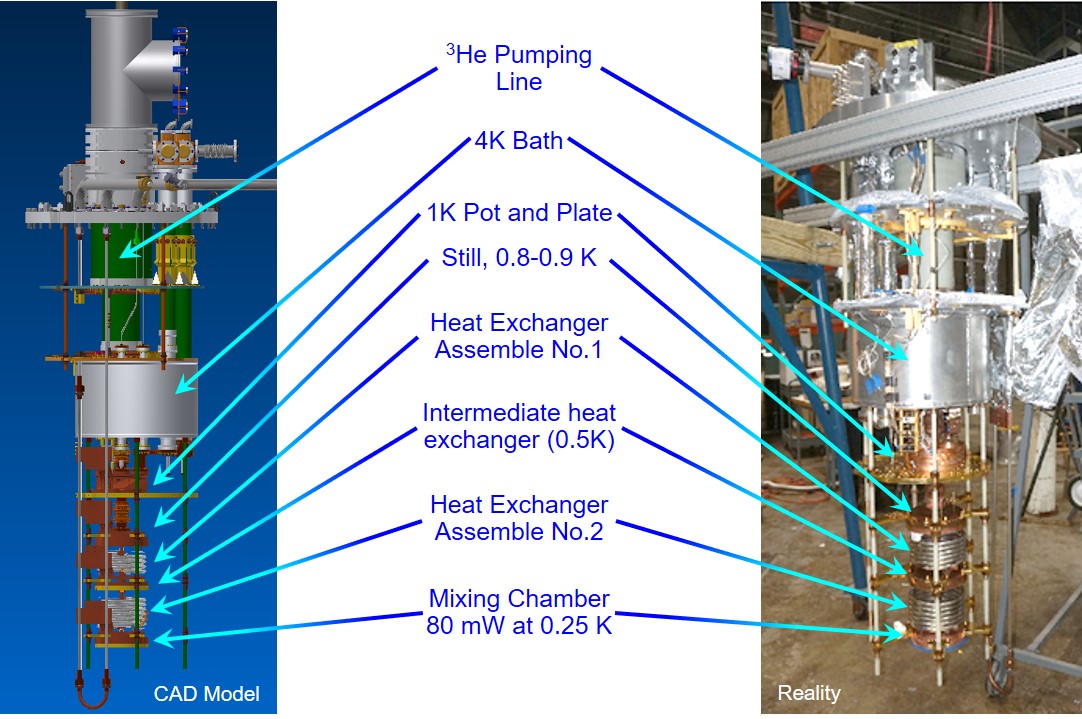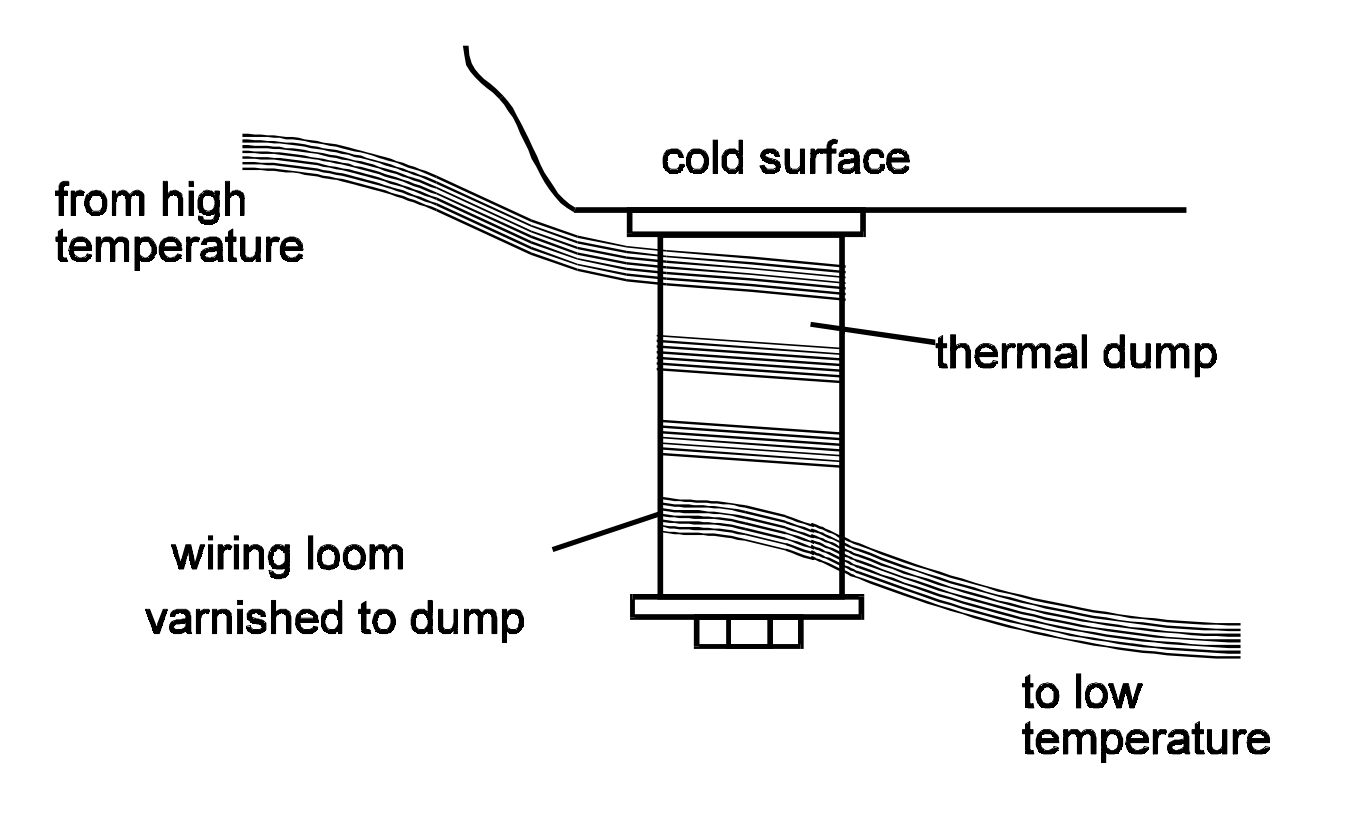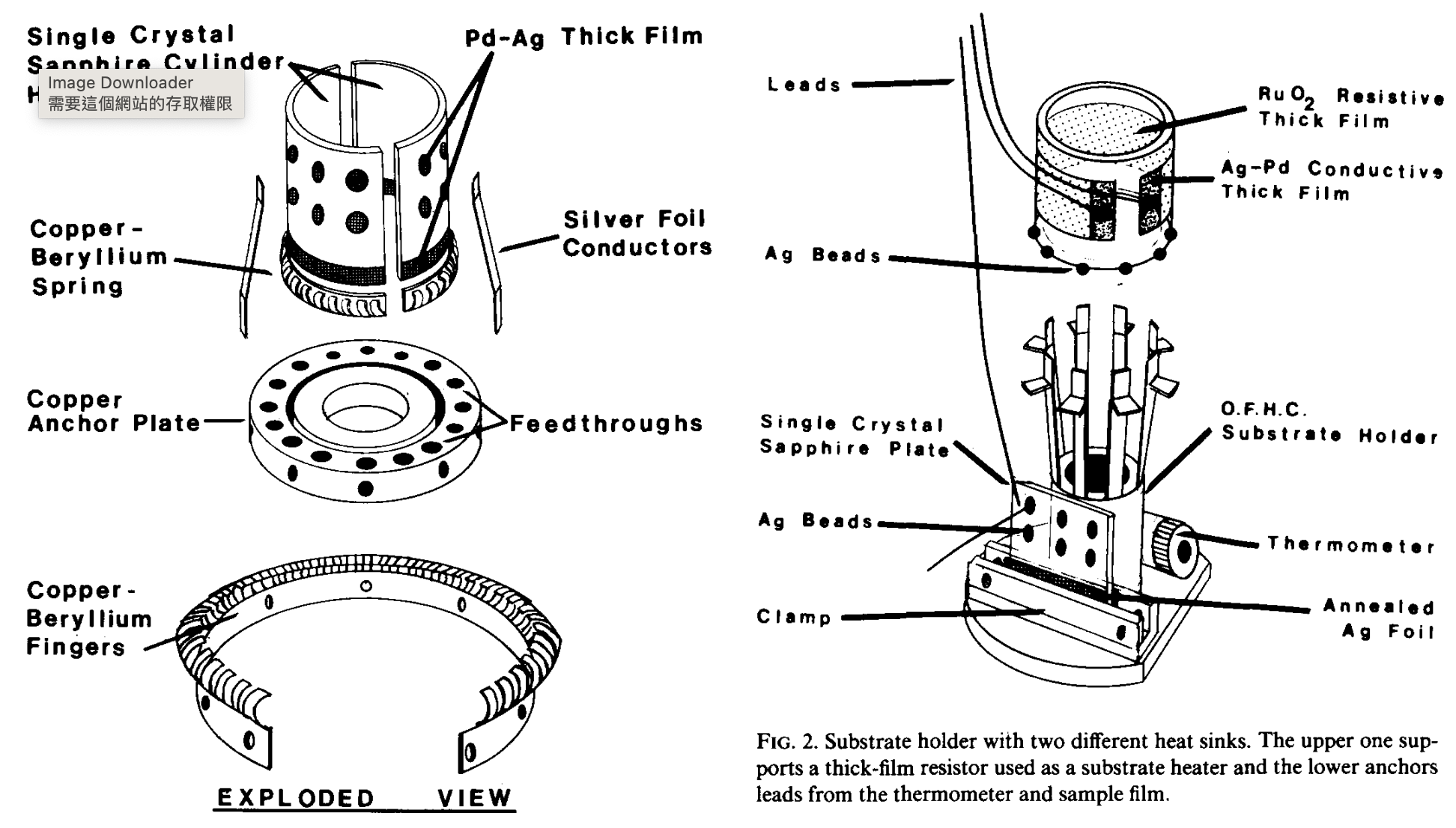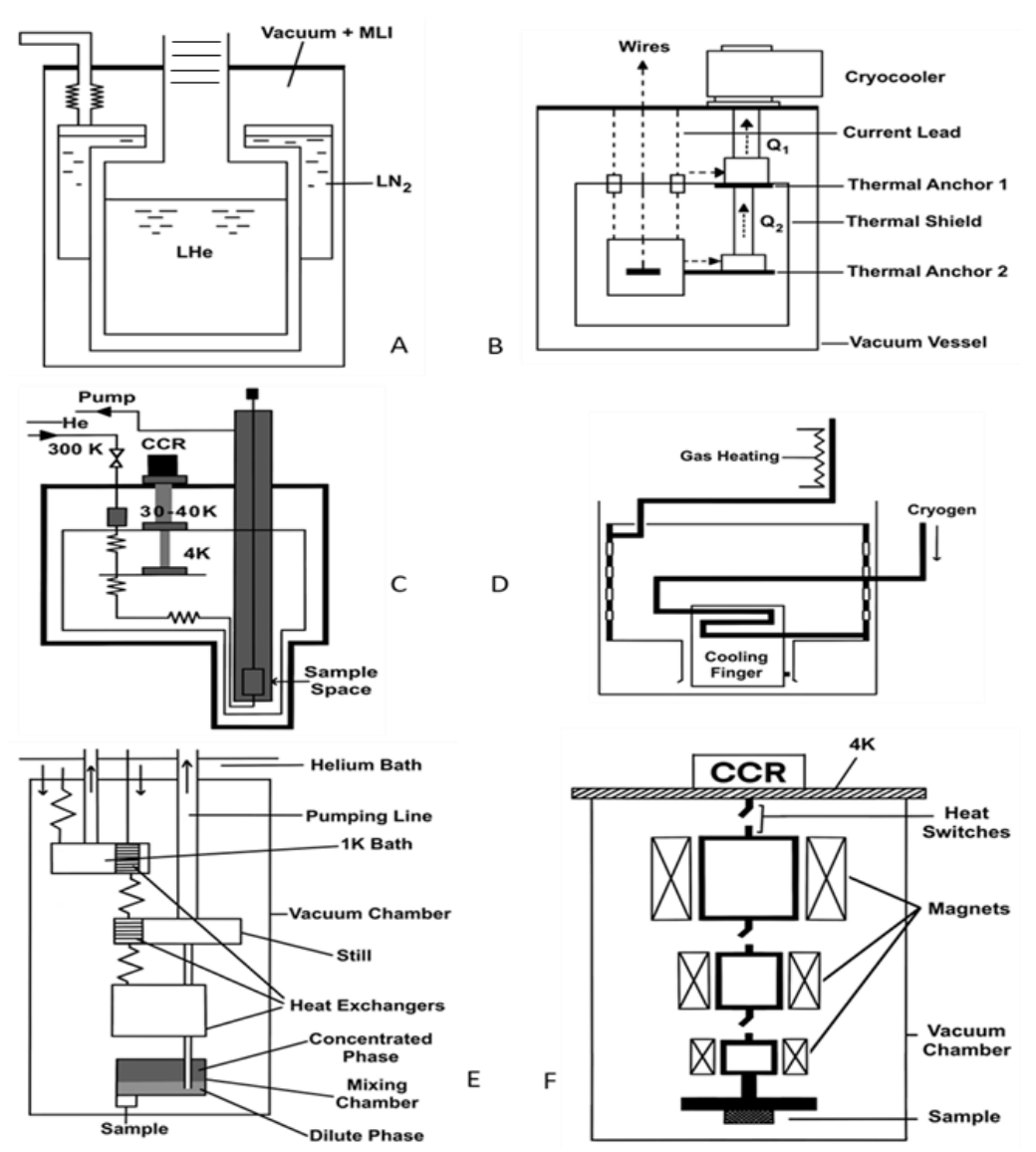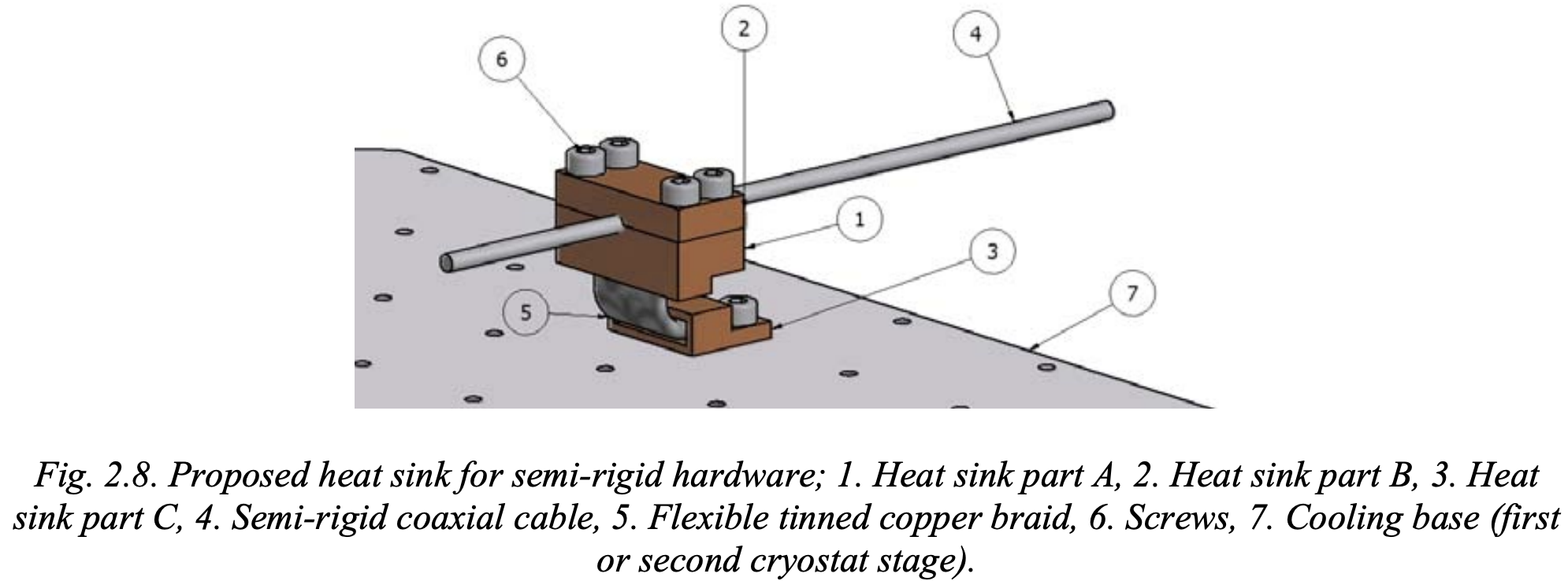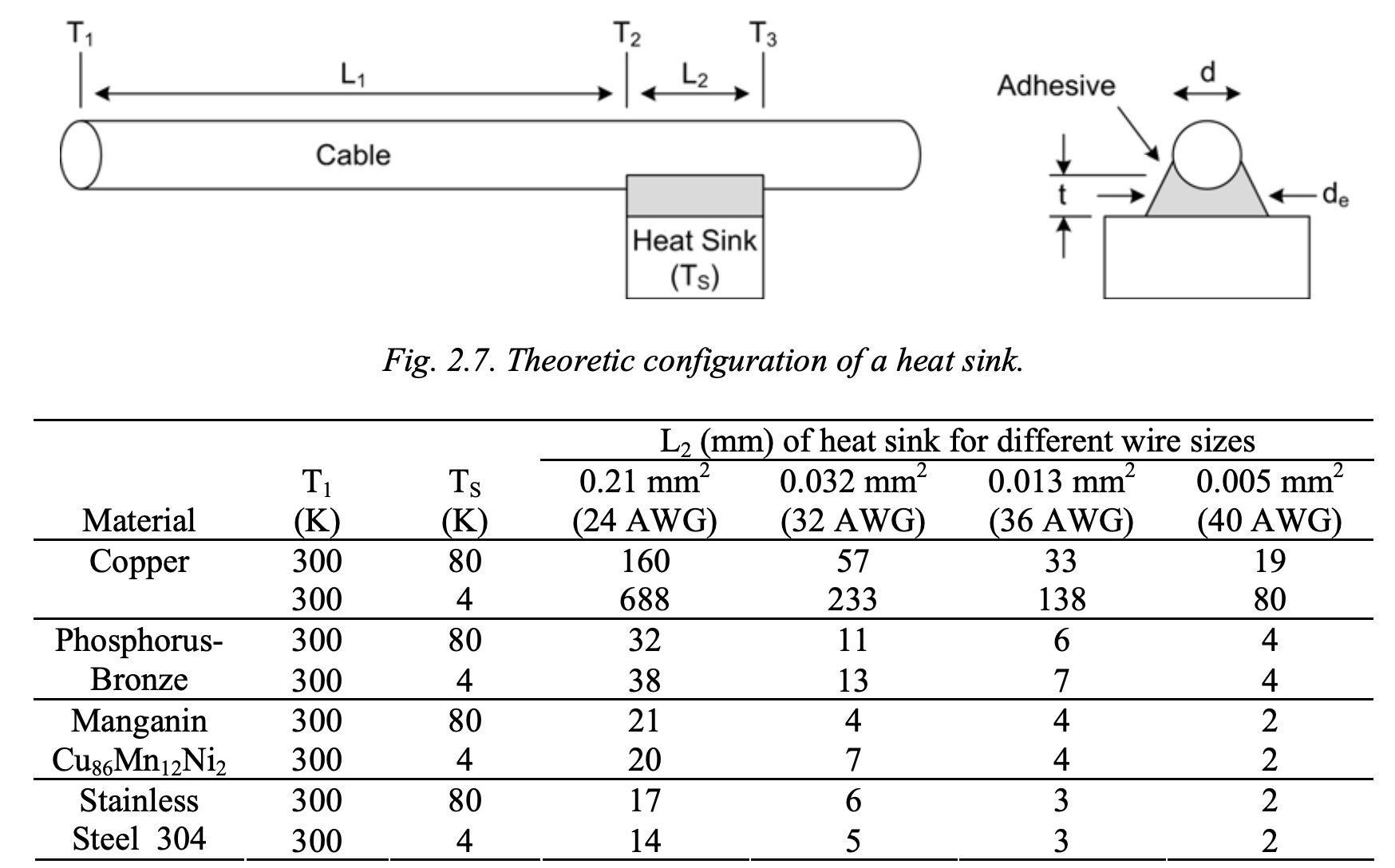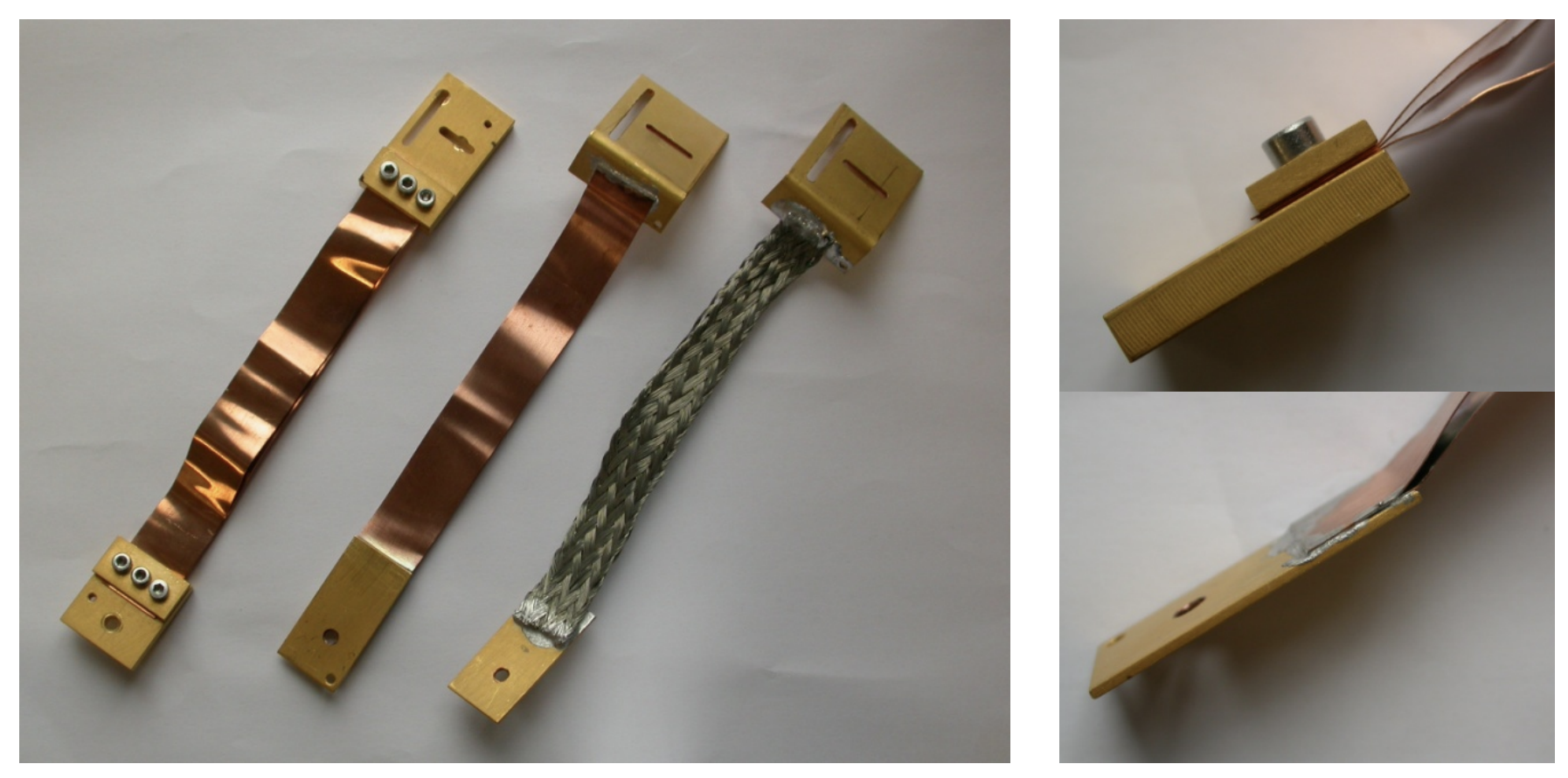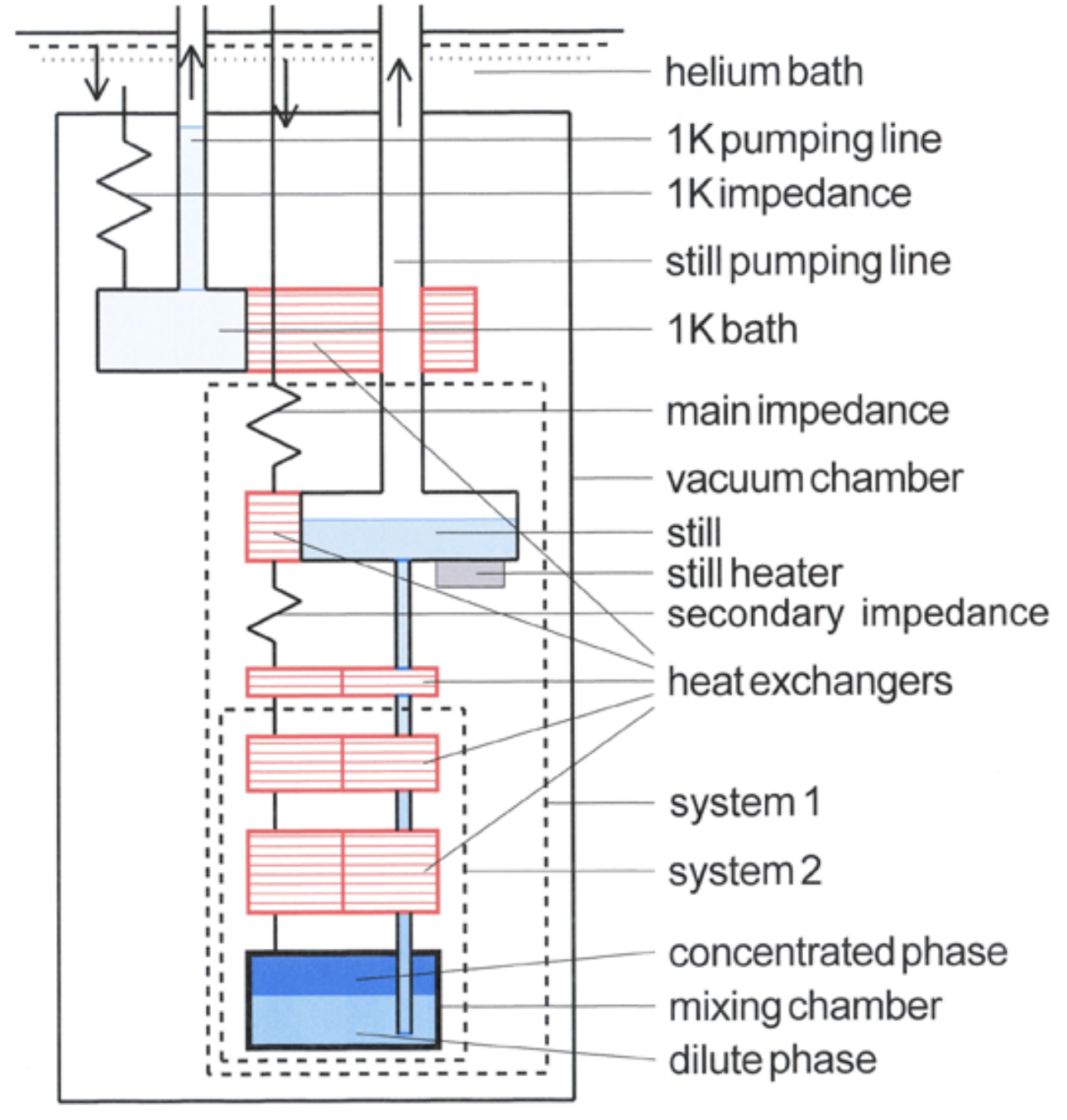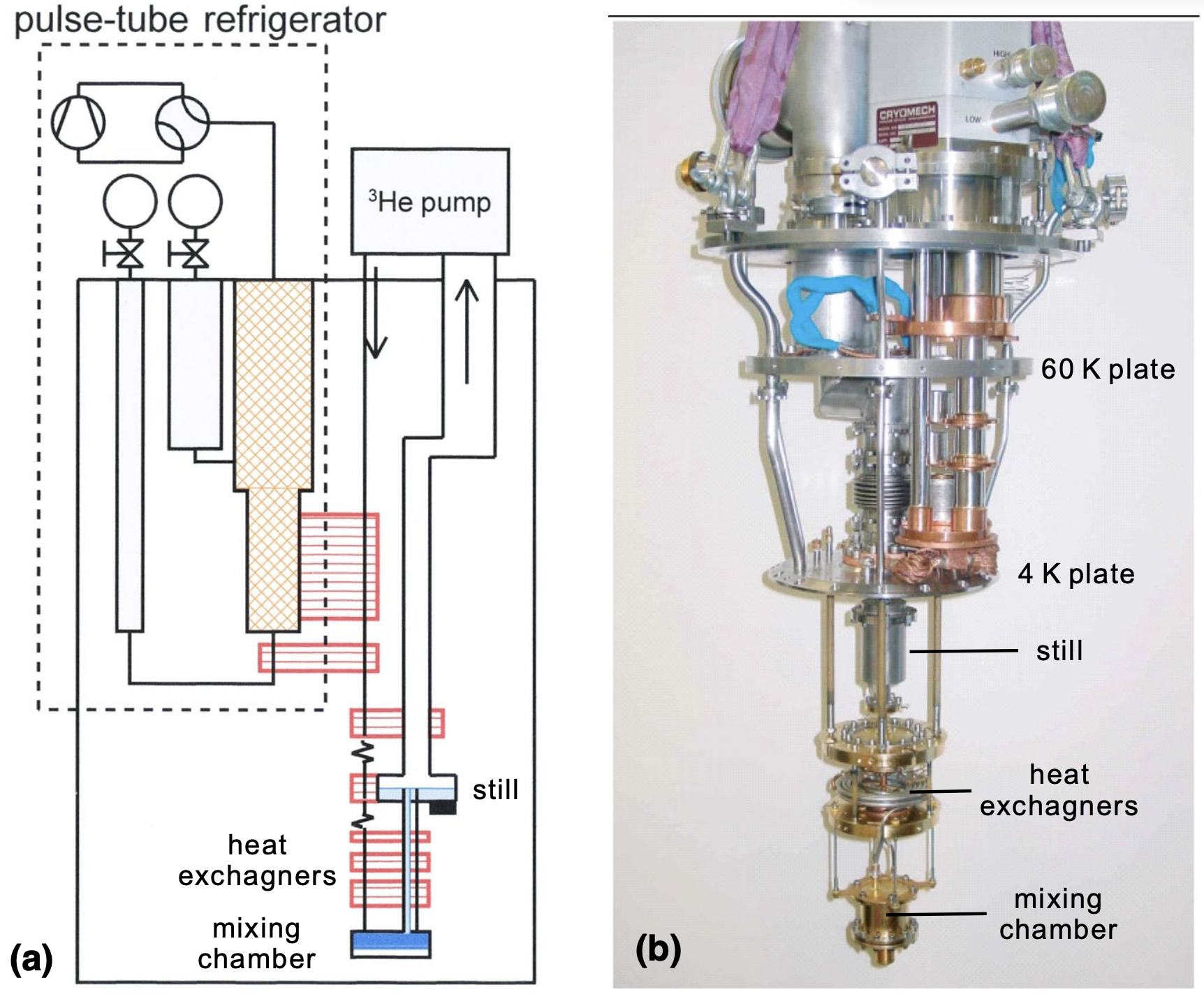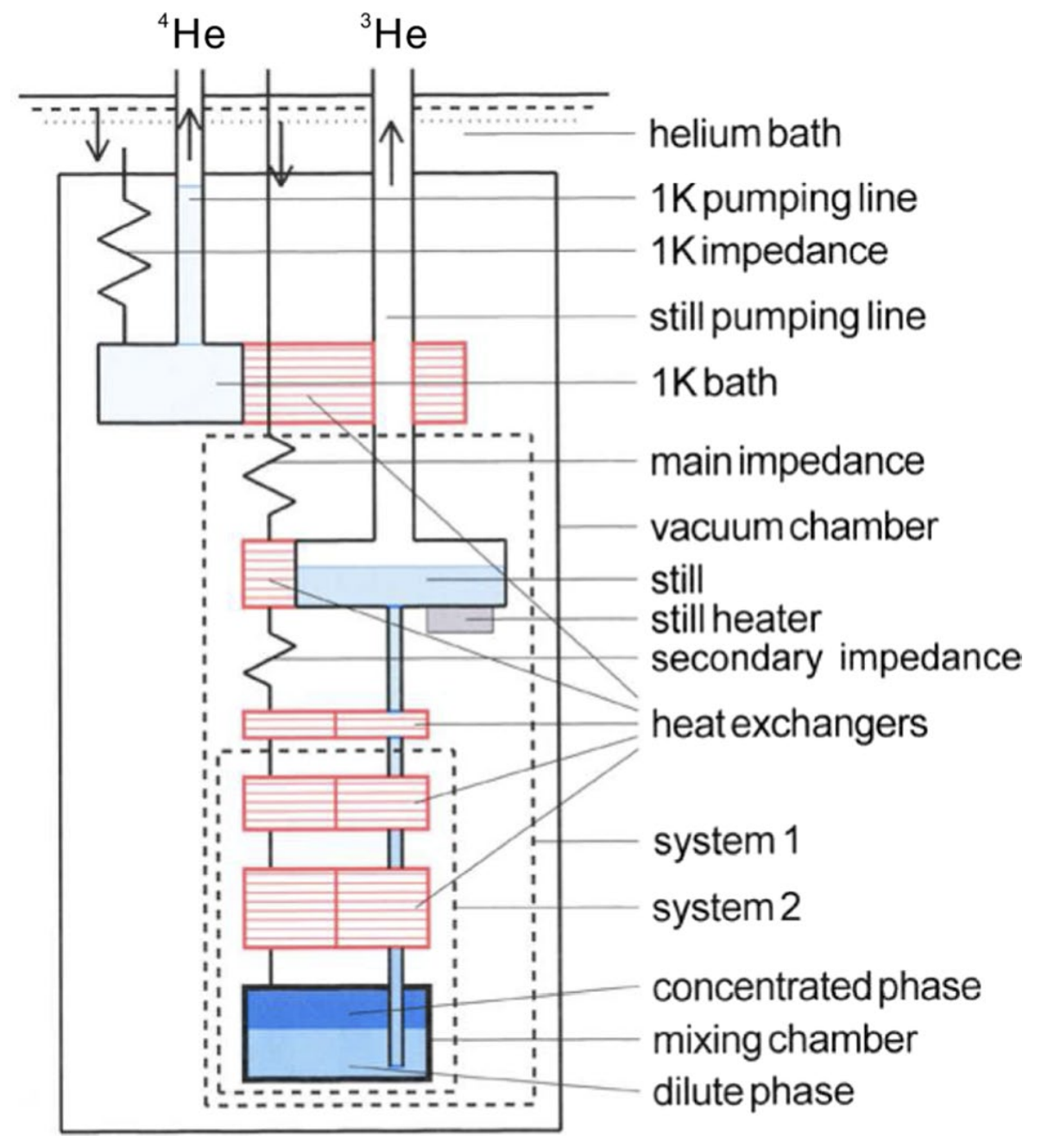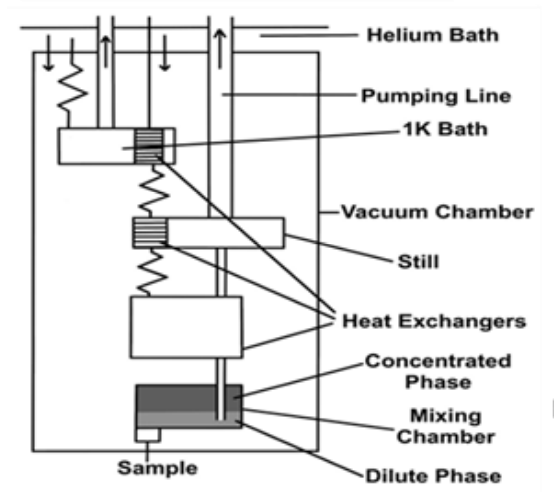𝑄-𝑆𝑘𝑒𝑡𝑐ℎ
20250821
▲
Ref: Bounds to electron spin qubit variability for scalable CMOS architectures, DOI: 10.1038/s41467-024-48557-x
▲
Ref: Electrically driven single-electron spin resonance in a slanting Zeeman field, DOI: 10.1038/nphys1053
▲
Ref: Electrical control of a long-lived spin qubit in a Si/SiGe quantum dot, DOI: 10.1038/nnano.2014.153
▲
Ref: Electrical control of a long-lived spin qubit in a Si/SiGe quantum dot, DOI: 10.1038/nnano.2014.153
▲
Ref: A quantum-dot spin qubit with coherence limited by charge noise and fidelity higher than 99.9%, DOI: 10.1038/s41565-017-0014-x
▲
Ref: A 300 mm foundry silicon spin qubit unit cell exceeding 99 % fidelity in all operations
arxiv: 2410.15590
▲
Ref: Industrial 300 mm wafer processed spin qubits in natural silicon/silicon-germanium
arxiv: 2409.12731
▲
Ref: https://www.imec-int.com/en/articles/connecting-quantum-dots-bilinear-2d-device-architecture-large-scale-silicon-based-quantum
▲
Ref: https://www.imec-int.com/en/articles/connecting-quantum-dots-bilinear-2d-device-architecture-large-scale-silicon-based-quantum
▲
Ref: Qubits made by advanced semiconductor manufacturing
DOI: 10.1038/s41928-022-00727-9
▲
Ref: Qubits made by advanced semiconductor manufacturing
DOI: 10.1038/s41928-022-00727-9
▲
Ref: Qubits made by advanced semiconductor manufacturing
DOI: 10.1038/s41928-022-00727-9
▲
Ref: Silicon CMOS architecture for a spin-based Quantum computer
DOI: 10.1038/s41467-017-01905-6
▲
Ref: Silicon CMOS architecture for a spin-based Quantum computer
DOI: 10.1038/s41467-017-01905-6
▲
Ref: Advanced CMOS manufacturing of superconducting qubits on 300 mm wafers
DOI: 10.1038/s41586-024-07941-9
▲
Ref: Advanced CMOS manufacturing of superconducting qubits on 300 mm wafers
DOI: 10.1038/s41586-024-07941-9
▲
Ref: Advanced CMOS manufacturing of superconducting qubits on 300 mm wafers
DOI: 10.1038/s41586-024-07941-9
▲
Ref:
arxiv: 2508.00446
▲
Ref: https://cems.riken.jp/en/laboratory/qfsrg
▲
Ref: https://cems.riken.jp/en/laboratory/qfsrg
▲
Ref: Quantum non-demolition measurement of an electron spin qubit
DOI: 10.1126/sciadv.1600694
▲
Ref: A fault-tolerant addressable spin qubit in anatural silicon quantum dot
DOI: 10.1126/sciadv.1600694
▲
Ref: https://newsroom.intel.com/new-technologies/quantum-computing-chip-to-advance-research
▲
Ref: https://www.eeweb.com/connecting-the-quantum-dots-a-bilinear-2d-device-architecture-for-large-scale-silicon-based-quantum-computers/
▲
Ref: https://www.eeweb.com/connecting-the-quantum-dots-a-bilinear-2d-device-architecture-for-large-scale-silicon-based-quantum-computers/
20250729
▲spin Qdot decoherence
Semiconductor spin qubits
DOI: 10.1103/RevModPhys.95.025003
20250728
quantum dot, quantum effect
▲
Synthesis of Inorganic Nanomaterials
Chapter 3 - Quantum Nanostructures (QDs): An Overview
10.1016/B978-0-08-101975-7.00003-8
▲
Semiconductor Quantum Dots in the Cluster Regime
DOI:10.1021/acs.chemrev.4c00967
20250717
Pulse Tube
https://trc.nist.gov/cryogenics/Papers/Review/2003-Pulse_Tube_Cryocoolers.pdf
2003-Pulse_Tube_Cryocoolers.pdf
High-capacity 60 K single-stage coaxial pulse tube cryocoolers
Haizheng Dang
https://doi.org/10.1016/j.cryogenics.2012.01.006
20250717
3He 超流體中的 Cooper 對是 p-wave、自旋三重態,因此其不同相具有拓撲區分性。這讓它成為研究:
- 拓撲超導
- 類比重力(analog gravity)
- 量子真空態結構
的重要平台。
3He 超流體中的 Cooper 對確實是 p-wave 配對。這使得 3He 成為研究非傳統超流體與拓撲物態的重要模型。
Cooper 對與配對對稱性總覽
| 系統 | 配對粒子 | 自旋態 | 軌道態 | 配對類型 |
|---|---|---|---|---|
| 傳統超導體 | 電子 | 單態(S = 0) | s-wave(L = 0) | 傳統 BCS 超導 |
| 3He 超流體 | 3He 原子 | 三重態(S = 1) | p-wave(L = 1) | 拓撲超流體 |
🌐 配對波函數與量子相
3He 超流體擁有多種相(phase),每種相對應不同的對稱性結構:
| 相 | 配對結構 | 特徵 |
|---|---|---|
| A 相 | 手徵性 p-wave(如 \(p_x + i p_y\) ) | 拓撲非平凡,破壞時間反演對稱 |
| B 相 | 等向性 p-wave | 時間反演對稱,全方向能隙 |
| A₁ 相 | 單一自旋分量的 p-wave | 在外加磁場下穩定 |
🔍 拓撲與物理意義
- 3He 的 p-wave Cooper 對具有方向性與節點。
- A 相支援 拓撲邊界態,類似 Majorana 模式。
- 3He 超流體成為研究拓撲超導、類比宇宙學(analog gravity)的經典平台。
✅ 小結
是的,3He 超流體中的 Cooper 對是 p-wave 配對,具自旋三重態與角動量 L = 1 的特徵。這種非傳統配對使得 3He 成為研究拓撲物態與量子真空結構的重要實驗與理論模型。
▲
Magnon Bose-Einstein Condensate as a Probe of Topological Superfluid
Petri J. Heikkinen
https://www.researchgate.net/figure/Phase-diagram-of-liquid-3-He-showing-the-stable-superfluid-phases-A-A-1-and-B-as-a_fig1_335210643
20250709
https://news.qq.com/rain/a/20231127A09PRU00
通往数百万量子比特的商业化之路——_腾讯新闻
最明显的区别在于光子学平台和基于物质的平台,如超导量子比特、捕获离子、中性原子和电子自旋。对于后者来说,量子比特是大块物质,门是通过用电磁波束(光波、微波和射频辐射)对这些大块物质进行“斩波”来实现的。 在光量子计算中,量子比特是电磁波,但门是通过将电磁波与半银镜或“分光镜”等大块物质进行干涉来实现的。当然,对以光速飞行的量子比特和那些被制作到量子芯片上的量子比特的限制是完全不同的。光子平台与物质平台的另一个区别是,光量子比特一经测量就会被破坏。这种差异意味着基于电路的常见容错方法不适合光子技术,因为这些方法依赖于频繁重置相同的量子比特,因此基于测量的方法正被考虑用于光子容错:这些方法允许在不重置量子比特的情况下运行。 即使在物质量子比特中,硬件限制的差异也大于它们的相似性。有些量子比特是在芯片上的固定位置制造的(超导量子比特和自旋量子比特),而另一些量子比特则是利用电磁场悬浮的(捕获离子和中性原子),如有需要,可以穿梭移动。有些平台可以实现全对全的连接(捕获离子),而其他类型的量子比特只能与相邻的量子比特进行交互(超导量子比特)。 这对可使用的纠错码有严重影响。局部相互作用——量子比特只与近邻对话,基本上将平台限制为所谓“表面码”的某个版本(表面码是最早提出的纠错方案之一)。表面码实现的例子包括谷歌在最近的实验和芯片设计中采用旋转XZZX表面码的方法,以及IBM设计的重六边型编码。在可以移动部分或全部量子比特的平台上,可以使用承诺降低每个逻辑量子比特硬件成本的代码,如量子LDPC码。 物质平台之间的差异不仅限于连接性。就栅极作用而言,滞留离子是出了名的慢(微秒),而超导量子比特则快得多(纳秒)。有些量子比特需要巨大的低温恒温器,而另一些则需要真空室才能运行,这就导致控制信号和读出信号的带宽和能量不同。纳秒级的快速栅极需要极快的解码速度,这就需要精度较低的解码程序或两阶段解码程序,后者会导致额外的热负荷,因为两阶段解码中的一个阶段可能会在低温恒温器中进行。
量子教育
https://hackmd.io/@sqcs#,SQCS教育工作室
https://www.entangletech.tw/,EntangleTech
https://qt.ntu.edu.tw/qoa/,量子開放學院
https://www.nernst.com.tw/news_info?id=35,能斯特教育
https://www.preskill.caltech.edu/, John Preskill
Qiskit metal
Quantum Hardware Design: Energy, Circuits, and Metal | Qiskit Seminar Series with Zlatko Minev
https://www.youtube.com/results?search_query=Qiskit+metal
Superconducting Qubits: design, analysis, energy & Qiskit Metal
20250709
Tunable Coupler with Capacitively Connecting Pad (TCCP)
TCCPTunable Coupling Architectures with Capacitively Connecting Pads for Large-Scale Superconducting Multi-Qubit Processors
https://ar5iv.labs.arxiv.org/html/2306.05312
20250709
https://asia.toshiba.com/press-release/english/toshibas-double-transmon-coupler-will-realize-faster-more-accurate-superconducting-quantum-computers/Toshiba’s Double-Transmon Coupler Will Realize Faster, More Accurate Superconducting Quantum Computers
10.1103/PhysRevApplied.18.034038
20250709
DOI:10.1103/PRXQuantum.2.040348
把頻率移靠近進行gate
20250709
QuTech Learning
http://qutube.nl/quantum-computer-12/operations-on-the-transmon-qubit-circuit-qed
蘇黎世儀器量子控制器https://www.zhinst.com/ch/cn
https://www.youtube.com/watch?v=v1AUILJz3RU&list=PL5jmbd6SJYnPiYlM6pHAm2M3FL40D9otZ&index=37
keysight量子控制系統https://www.keysight.com/tw/zh/products/modular/pxi-products/quantum-control-system.html
20250709
cat qubit supress phase flip
Nicholas Frattini - Toward a topological CNOT between two Kerr-cat qubits
https://www.youtube.com/watch?v=GeH-FHtz1Hw
Tunable Supercurrent Through Semiconductor Nanowires
Nanoscale superconductor/semiconductor hybrid devices are assembled from indium arsenide semiconductor nanowires individually contacted by aluminum-based superconductor electrodes. Below 1 kelvin, the high transparency of the contacts gives rise to proximity-induced superconductivity. The nanowires form superconducting weak links operating as mesoscopic Josephson junctions with electrically tunable coupling. The supercurrent can be switched on/off by a gate voltage acting on the electron density in the nanowire. A variation in gate voltage induces universal fluctuations in the normal-state conductance, which are clearly correlated to critical current fluctuations. The alternating-current Josephson effect gives rise to Shapiro steps in the voltage-current characteristic under microwave irradiation.
10.1126/science.1113523
20250709
20250709
The Josephson Parametric Amplifier.pdf
quantum microwave熱沉組件
https://quantummicrowave.com/product/cryogenic-attenuator-array-bracket-qmc-cryoatt-brkt/
quantum microwave熱沉組件
https://quantummicrowave.com/product/thermalized-low-noise-cryogenic-thru-line-array-qmc-cryoattary-00/
https://www.techapps.com/copper-thermal-strap-assemblies?utm_source=chatgpt.com
熱導帶
20250707
Because 1100 Al has roughly one third the density of copper and half the thermal conductivity, intrinsically there is a mass benefit of up to one third less for aluminum compared to copper straps.
https://www.techapps.com/copper-foil-straps
20250707
Coaxial Cable Explained
Chapter 2 - Coaxial RF Technology
David Large, James Farmer
https://doi.org/10.1016/B978-0-12-374401-2.00002-4
https://www.sciencedirect.com/science/article/abs/pii/B9780123744012000024
A coaxial cable consists of four basic parts:
https://www.electricalengineeringtoolbox.com/2016/12/basics-of-coaxial-cables-used-in.html
- Inner conductor (center conductor)
- Outer conductor (shield)
- Dielectric, which separates the inner and outer conductors
- Jacket, which is the outer polymer layer protecting the parts inside
Parts of a Typical Coaxial Cable (Photo Credit: ANIXTER CABLES)
Characteristics and Properties
The following characteristics/properties help to define a coaxial cable as applied in electronic systems and Computer Systems:
- Characteristic impedance
- Voltage Standing-Wave Ratio (VSWR)
- Velocity of Propagation
- Voltage Rating
- Operating Temperature
Characteristic Impedance
The characteristic impedance of a coaxial cable is a function of its geometry and materials. Characteristic impedance is independent of length and typically ranges from 35 to 185 ohms. The most common values are 50, 75 and 93 ohms. The characteristic impedance of a cable is not the same as the impedance of the conductors in a cable, which is dependent on length.
The most efficient transfer of energy from a source to a load occurs when all parts of the system have the same characteristic impedance. To have better performance with coaxial cable, there is need for impedance matching especially critical at higher frequencies, where the consequences of mismatches are more severe.
Voltage Standing - Wave Ratio (VSWR)
The voltage standing-wave ratio (VSWR) is a measure of the standing waves that result from reflections. It expresses the uniformity or quality of a cable’s characteristic impedance. Uniformity is also measured as structural return loss (SRL).
Velocity of Propagation
Velocity of propagation is the speed at which electromagnetic energy travels along the cable. In free space or air, electromagnetic energy travels at the speed of light, which is 186,000 miles per second. In other materials, however, the energy travels slower, depending on the dielectric constant of the material. Velocity of propagation is expressed as a percentage of the speed of light. For example, a velocity of 65 percent means that the energy travels at 120,900 miles per second – or 35 percent slower than in free space. The dielectric (insulation) separating the two conductors determines the velocity of propagation. Although the electromagnetic energy travels in the dielectric, the current associated with the energy travels primarily on the outside of the center conductor and the inside of the outer conductor (shield).
The two conductors bind the energy within the cable. Consequently, the quality of the dielectric is important to efficient, speedy transfer of energy. Speed is important to engineers who must know the transit time of signals for digital transmission.
Voltage Rating
This is the maximum voltage the cable is designed to handle.
Operating Temperature Range
These are the minimum and maximum temperatures at which the cable can operate.
Types of Coaxial Cables
There are many types of coaxial cables but four types are commonly used namely:
- Flexible Coax
- Semirigid Coax
- Triaxial
- Dual Coax
There is also Twinaxial (Twinax) Cable used in high-speed, balanced-mode multiplexed transmission in large computer systems.
Flexible Coax
The most common type, flexible coax has a braided outer conductor (shield) of extremely fine wires. While the braid makes the cable flexible, it does not provide complete shielding – energy (RF signals) can leak through the shield via minute gaps in the braid. To combat this, many cables have several layers in the outer conductor. In addition, thin foils are sometimes used to supplement the braid to provide better coverage for greater shielding effectiveness. The greater the coverage, the better the shield.
Semirigid Coax
Semirigid coax has a solid, tubular metallic outer conductor, similar to a pipe. This construction gives the cable a very uniform characteristic impedance (low VSWR) and excellent shielding, but at the expense of flexibility.
Triaxial Cable (Triax)
This coax has two outer conductors (shields) separated by a dielectric layer. One outer conductor (shield) serves as a signal ground, while the other serves as earth ground, providing better noise immunity and shielding. One caution: Do not confuse a flexible cable having a multilayer outer shield with triaxial cable.
Dual Coax
This cable contains two individual coaxial cables surrounded by a common outer jacket.
Common Types of Coaxial Cables (Photo Credit: ANIXTER CABLES)
Twinaxial Cable (Twinax)
Twinax has a pair of insulated conductors encased in a common outer conductor (shield). The center conductors may be either twisted or run parallel to one another. In appearance, the cable is often like a shielded twisted pair, but it is held to the tighter tolerances common to fixed-impedance coaxial cable. A common use of twinax is high-speed, balanced-mode multiplexed transmission in large computer systems. Balanced mode means that the signal is carried on both conductors, which provides greater noise immunity.
A Typical Twinaxial Cable (Photo Credit: ANIXTER CABLE)
20250704
Thermal Anchor
A rapid sample-exchange mechanism for cryogen-free dilution refrigerators compatible with multiple high-frequency signal connections10.1016/j.cryogenics.2014.01.007
James E. Fesmire, Quan-Sheng Shu, Jonathan A. Demko - Cryogenic Heat Management_ Technology and Applications for Science and Industry (2022, CRC Press) - libgen.li.pdf
CRYOGENIC HEAT MANAGEMENT https://nedm.ornl.gov/dilution-refrigerator/
Oak Ridge National Lab
### 20250704-1.png practical cryogenics.pdf
Practical Cryogenics
An Introduction to Laboratory Cryogenics
By N H Balshaw Nicoli, V. M., & Naugle, D. G. (1984).
Thermal anchors for electrical leads to cryogenic experiments in an ultrahigh‐vacuum environment.
Review of Scientific Instruments, 55(10), 1714–1716.
doi:10.1063/1.1137608
### 20250704-8.png 10.1088/1757-899X/1301/1/012041
Design, configuration, and thermal optimization of advanced cryostats
https://iopscience.iop.org/article/10.1088/1757-899X/1301/1/012041/pdf
### 20250704-7.png Cryogenic Technology in the Microwave Engineering:
Application to MIC and MMIC Very Low Noise
Amplifier Design
https://www.tesisenred.net/bitstream/handle/10803/10674/2de9.JLCDcap.2.pdf?sequence=3&isAllowed=y
Cryogenic Technology in the Microwave Engineering.pdf
### 20250704-6.png Hust, J. G. (1970). Thermal Anchoring of Wires in Cryogenic Apparatus. Review of Scientific Instruments, 41(5), 622–624. doi:10.1063/1.1684599
Cryogenic Technology in the Microwave Engineering:
Application to MIC and MMIC Very Low Noise
Amplifier Design
https://www.tesisenred.net/bitstream/handle/10803/10674/2de9.JLCDcap.2.pdf?sequence=3&isAllowed=y
Cryogenic Technology in the Microwave Engineering.pdf https://icts-yebes.oan.es/reports/doc/IT-CDT-2020-7.pdf
Cryogenic thermal anchoring using Cu braids versus Cu strips
### 20250704-5.png
### 20250704-4.png Cao, H. (2021). Refrigeration Below 1 Kelvin. Journal of Low Temperature Physics.
doi:10.1007/s10909-021-02606-7
### 20250704-3.png Cao, H. (2021). Refrigeration Below 1 Kelvin. Journal of Low Temperature Physics.
doi:10.1007/s10909-021-02606-7
### 20250704-2.png DOI 10.1007/s10909-011-0373-x
Basic Operation of Cryocoolers and Related Thermal Machines
A.T.A.M. de Waele
▲

